[et_pb_section bb_built=”1″][et_pb_row][et_pb_column type=”4_4″][et_pb_text _builder_version=”3.11.1″]
The first time I heard about the Basque Country was as a child, hearing about a place in Spain where my paternal grandmother and paternal grandfather were from. I never had a chance to meet my paternal grandfather, but when we visited family in Mexico City I was shown pictures and told stories about him from my grandmother who spoke with a Spanish accent. There were tales of war; stories about my grandfather nearly being executed and playing for the Basque National soccer League, and my grandmother’s family fleeing Spain to Mexico, but not before being put in a concentration camp in Dakar for 6 months. The Spanish Civil War coincided with WWII, and Franco, Spain’s dictator, wasn’t particularly fond of the Basque people.
The summer of my Junior year in high school my parents “shipped” my brother and me off to stay with family in the Basque country in a small coastal town called Bakio, much to my disappointment ;). I didn’t want to leave my boyfriend at the time for several weeks, and didn’t know what to expect. 3-4 weeks seemed like a long time and I wasn’t sure if I was going to enjoy myself. Little did I know that trip would change my life.
I had the chance to meet extended family and stayed in one of the most beautiful/charming towns I have ever seen, with a stunning rocky beach with huge waves and emerald green mountains in the distance. I learned a lot about the Basque culture, language (especially how different it is from any other language), cuisine, and about its customs and its people. It opened my world up to travel (it was my first European trip), and it gave me a greater understanding and deep appreciation for my roots and heritage.
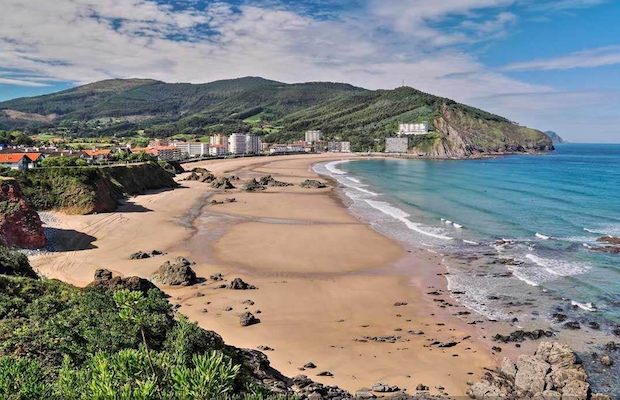
Bakio, photo credit Begoña Asua Abasolo
Recently I was able to travel back to explore more of the Basque Country thanks to one of my most trusted travel partners that takes care of my clients when they travel to Spain. They invited me and a few other travel advisors to discover the Basque Country, and gave us a taste of what our clients can expect and enjoy when planning a trip for them there. Of course I couldn’t pass up the opportunity to go back, and to discover more of the stunning region where my Dad’s family is from. We barely scratched the surface of what the Basque Country has to offer, but I hope this post gives you a better understanding of what you can see and do in this area and that it entices you to visit when you have the chance, you really won’t be disappointed.
The following are towns/cities worth checking out in the Basque Country, along with a few ideas on what to see and do there.
St Jean de Luz
St Jean de Luz is a charming little beach town on the French Basque side (the Basque country encompasses parts of northern Spain by the Pyrenees mountains and southern France hugging the Bay of Biscay). It is very close to the Spanish border, and is very easy to get to from San Sebastian. It is very picturesque, and it happens to be the town where Louis the XIV married Maria Theresa of Spain. It has a beautiful pedestrian shopping area, cute town squares, lovely Basque architecture, and a long sandy beach with great surf conditions. The town also has a picturesque fishing port where you can watch the fishermen pull in large catches of tuna, sardines, and anchovies. Through my travel partners, I can help set up a private Basque Pelota workshop with professionals, as it’s a well known Basque sport. Each village has it’s own “fronton” or court, and is multigenerational and quite traditional. It’s also worth going to take a peek and do some wine tasting at the Egiategia winery to check out how they make their wines under water via a process that has been patented and has produced some very interesting and fun wines.
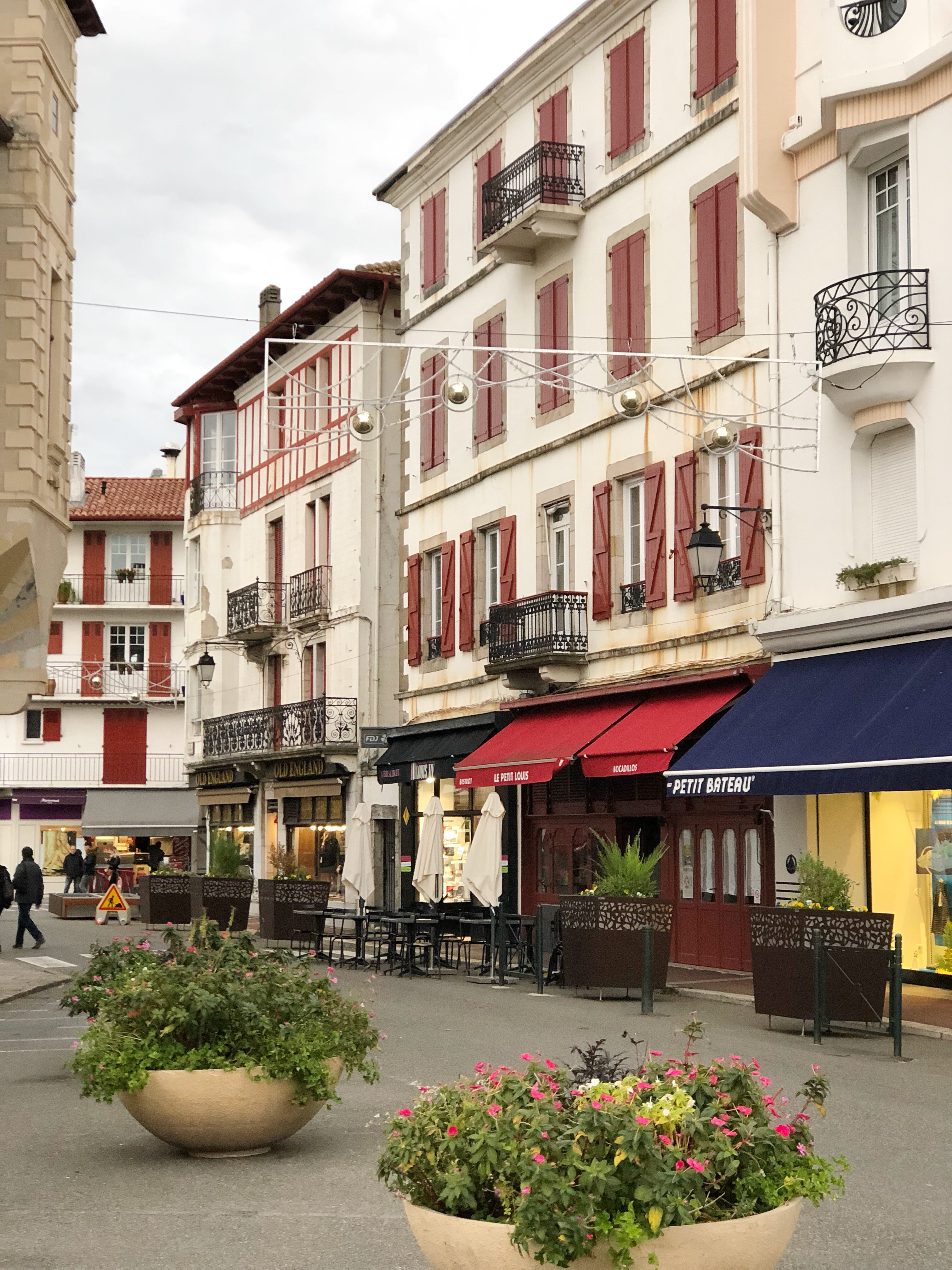
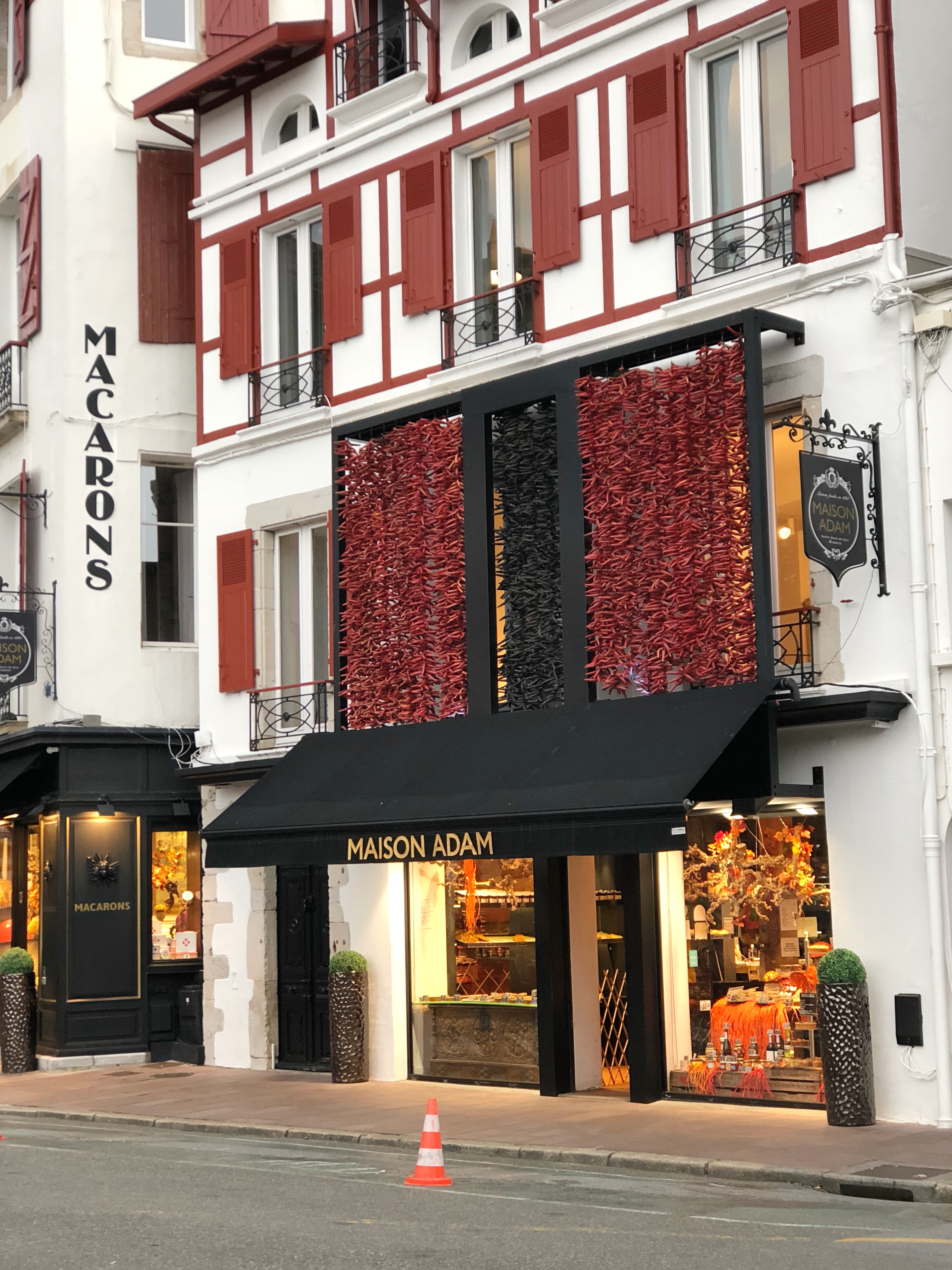
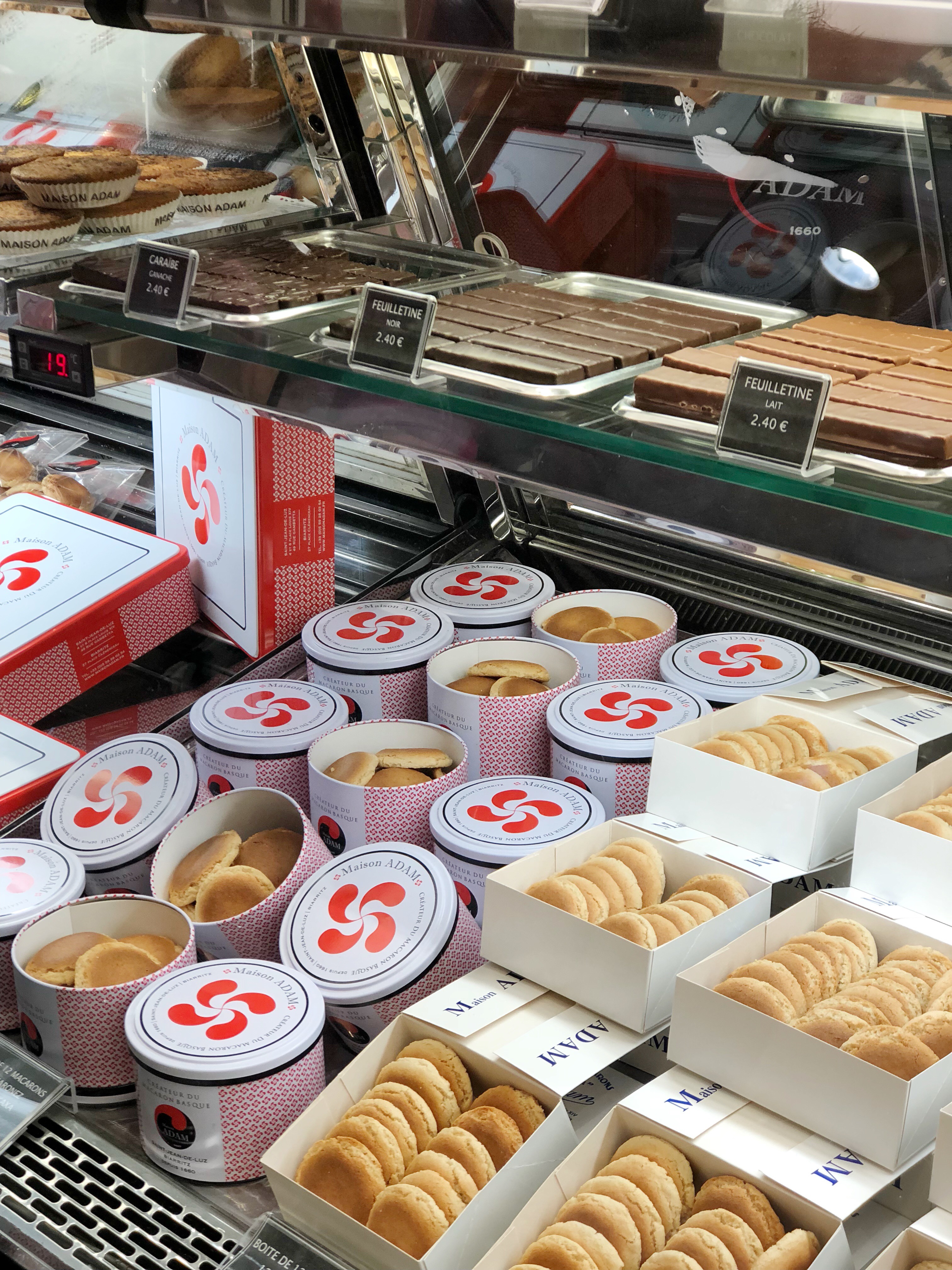
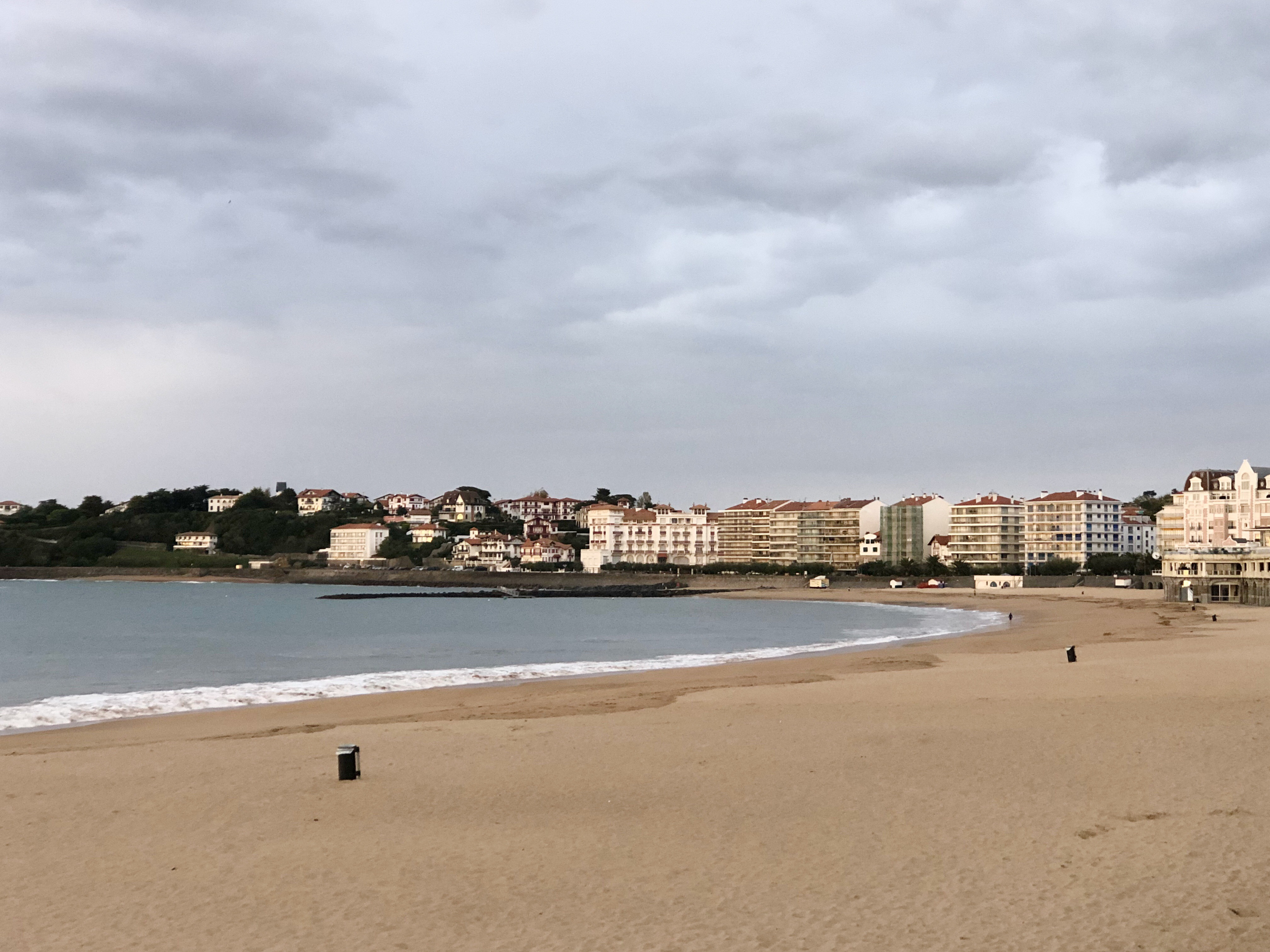
Beautiful beach of St Jean de Luz
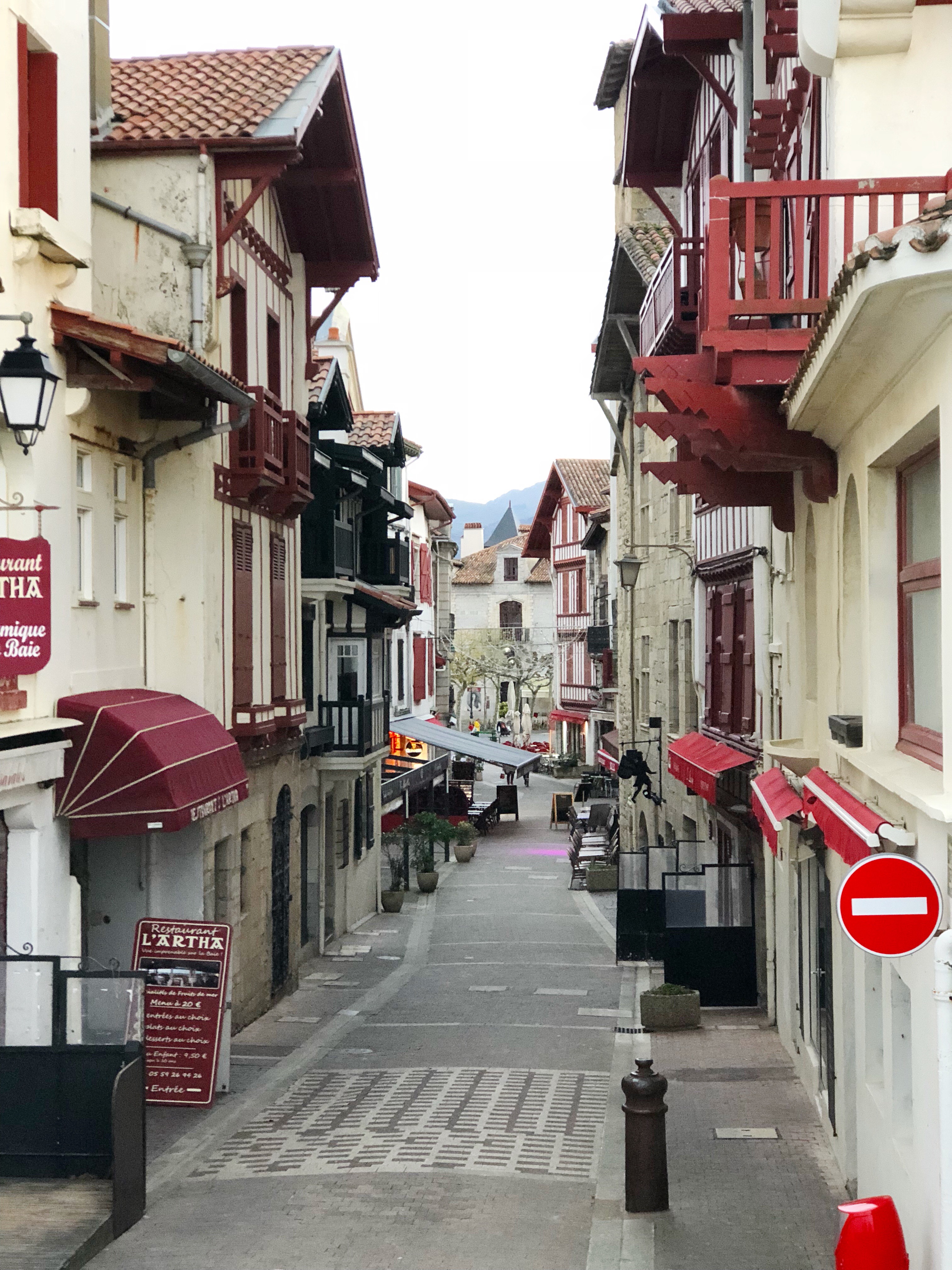
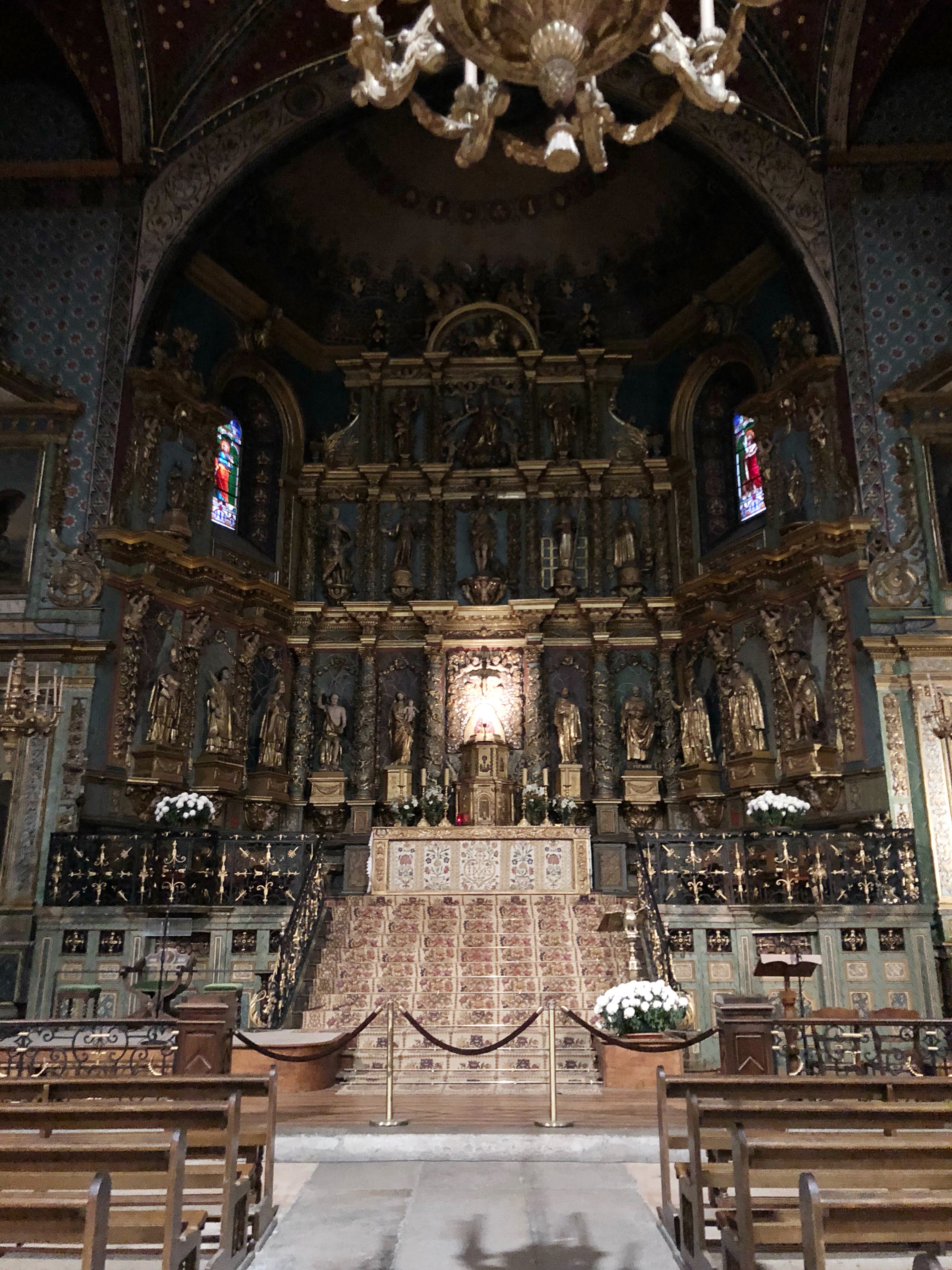
Church where Louis XIV married Maria Theresa

Learning to play Pelote Basque or Jai Alai
Biarritz
Biarritz is also just a short ride past the French border, and is one of France’s most spectacular and stylish cities. The city is still a desirable resort town for Europe’s elite, thanks to Empress Eugenie making it popular in the mid 19th-century after building a summer palace right on the beach (now a palace hotel currently undergoing renovations). Things you must see here is Les Halles (their city market with amazing local goods such as cheeses, charcuterie, fresh flowers, fresh fish, fresh fruit, etc), the lighthouse, the Port Vieux or old port, and the stunning beaches which are also great for surfing.
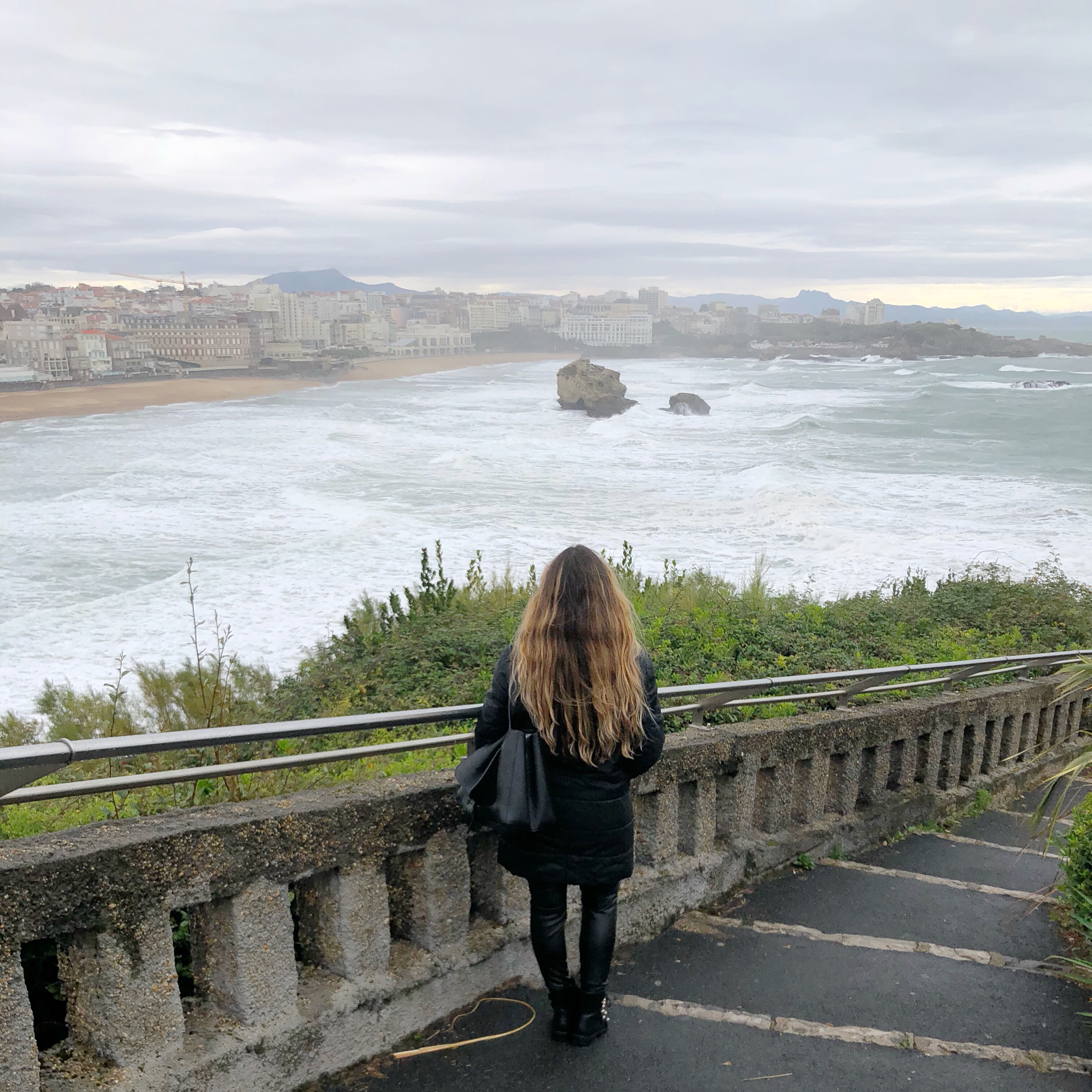
View of Biarritz from the Lighthouse
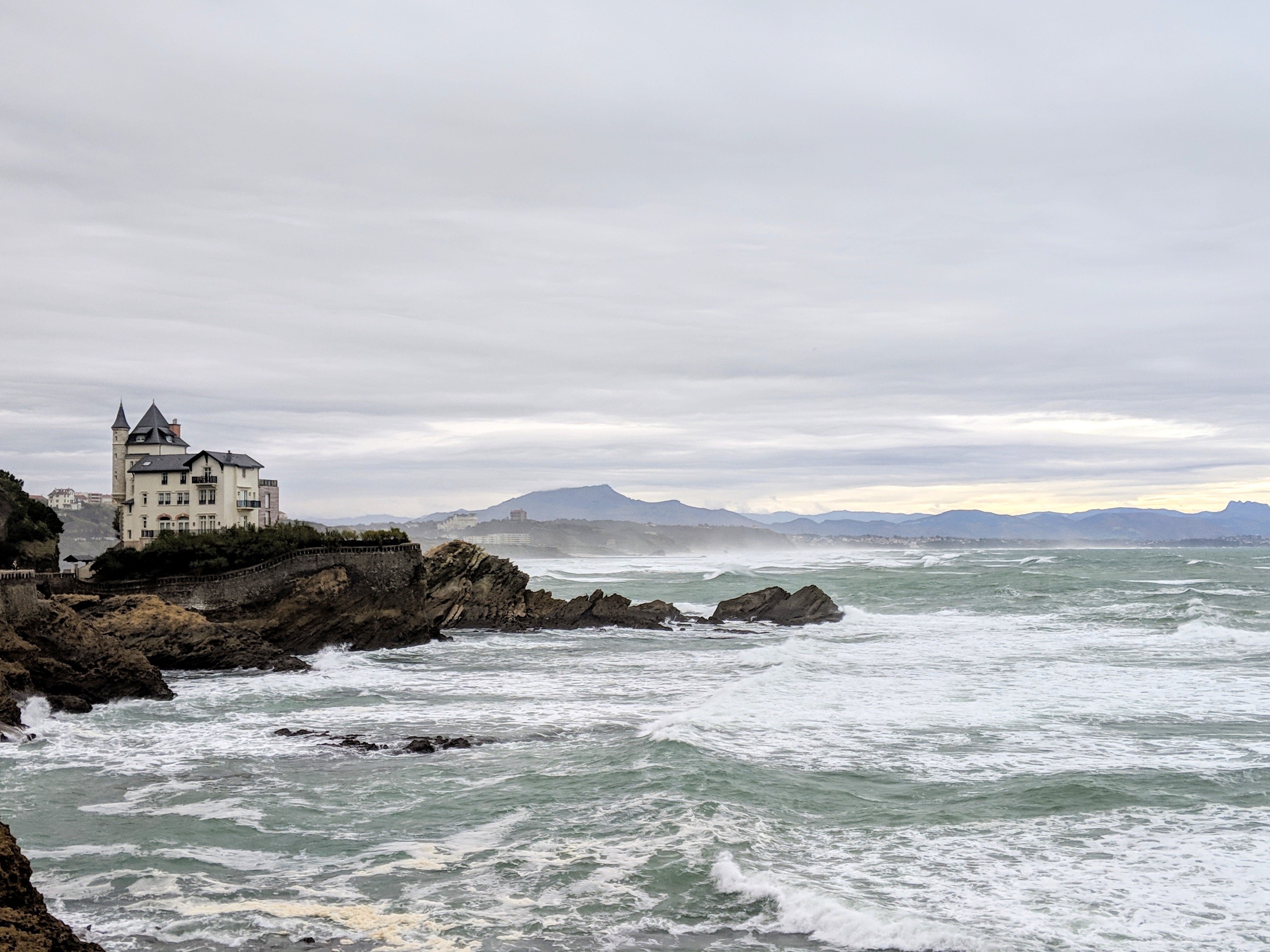
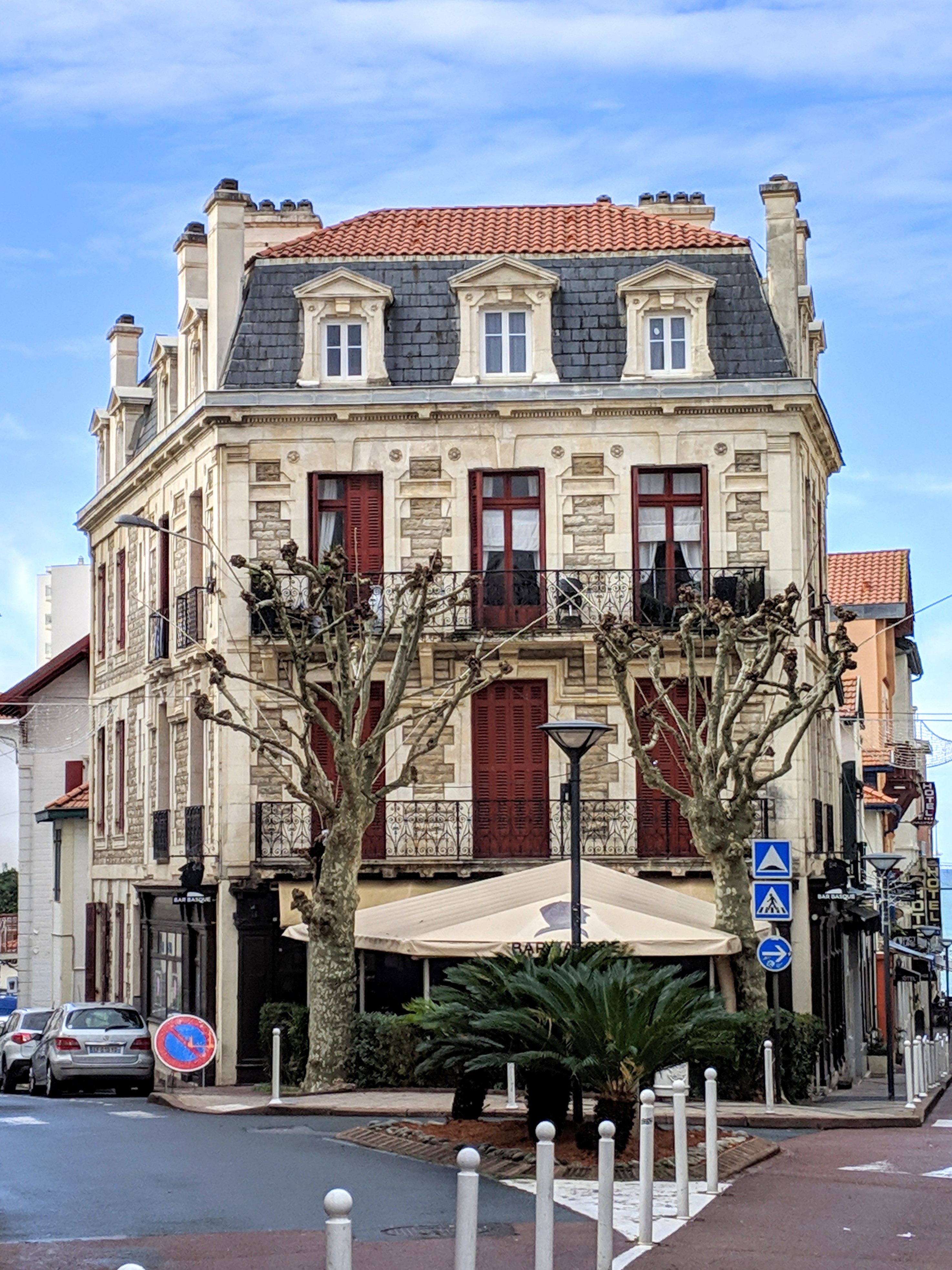
Walking through the town of Biarritz
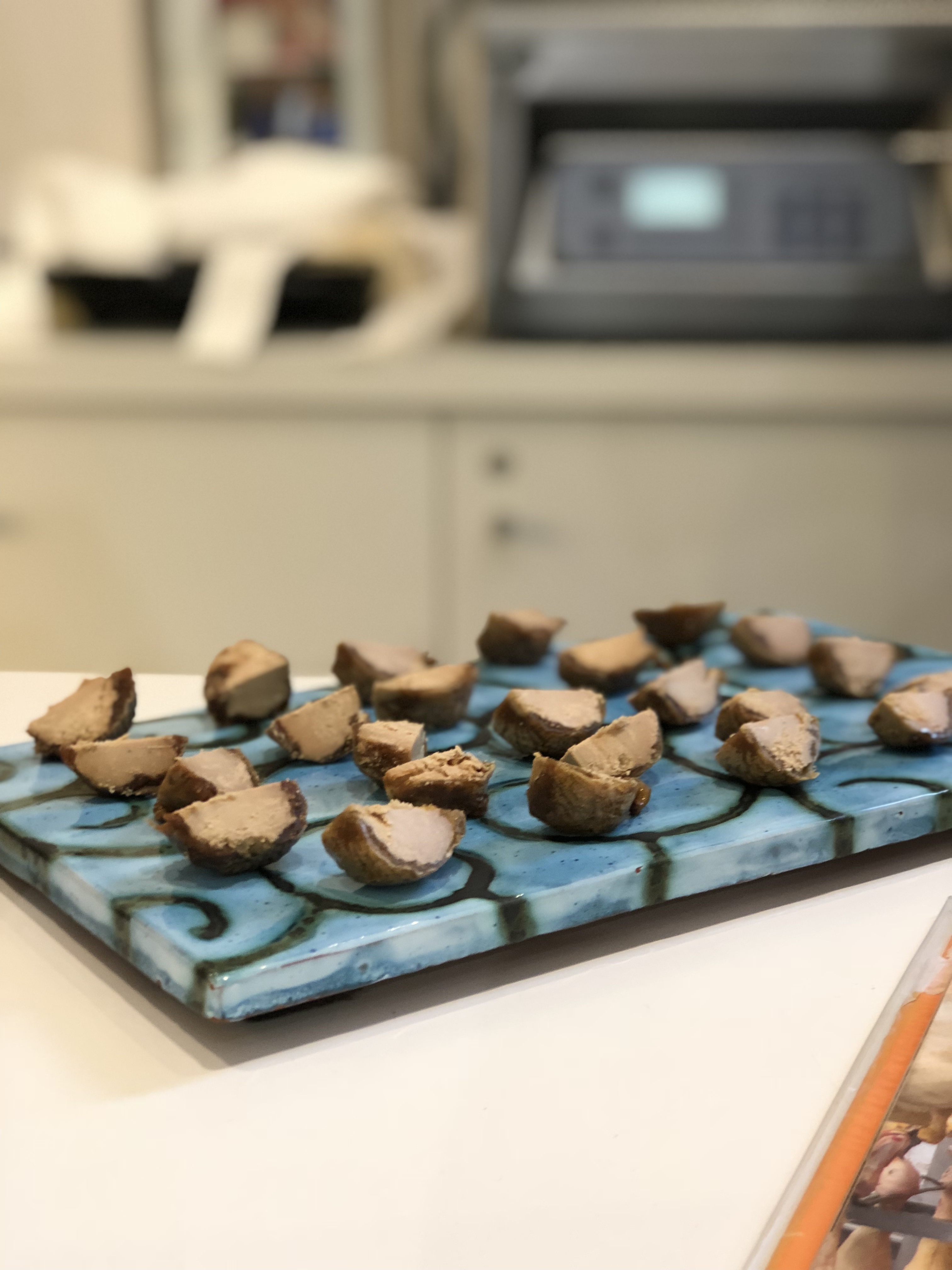
foie gras stuffed figs at Les Halles

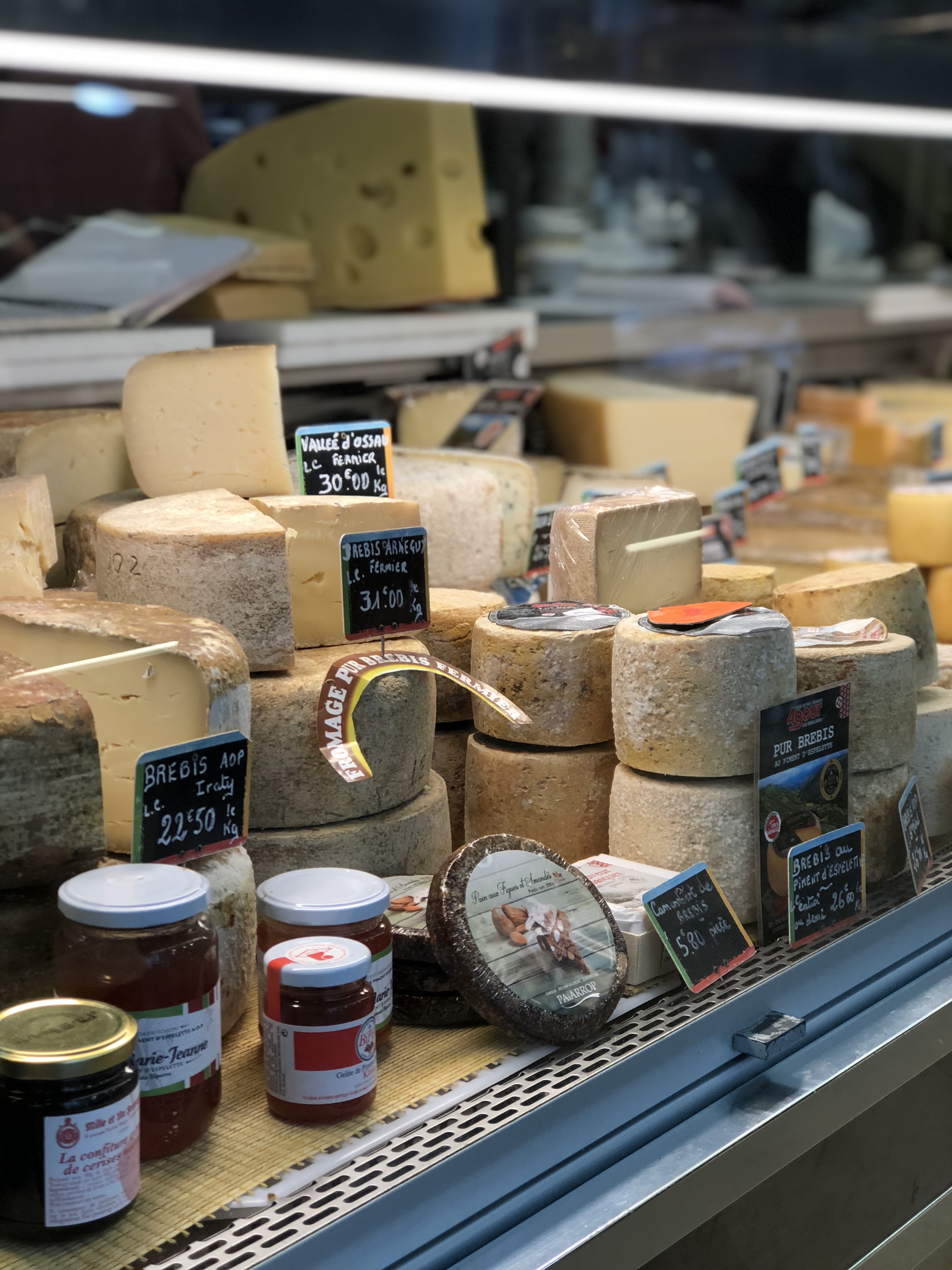
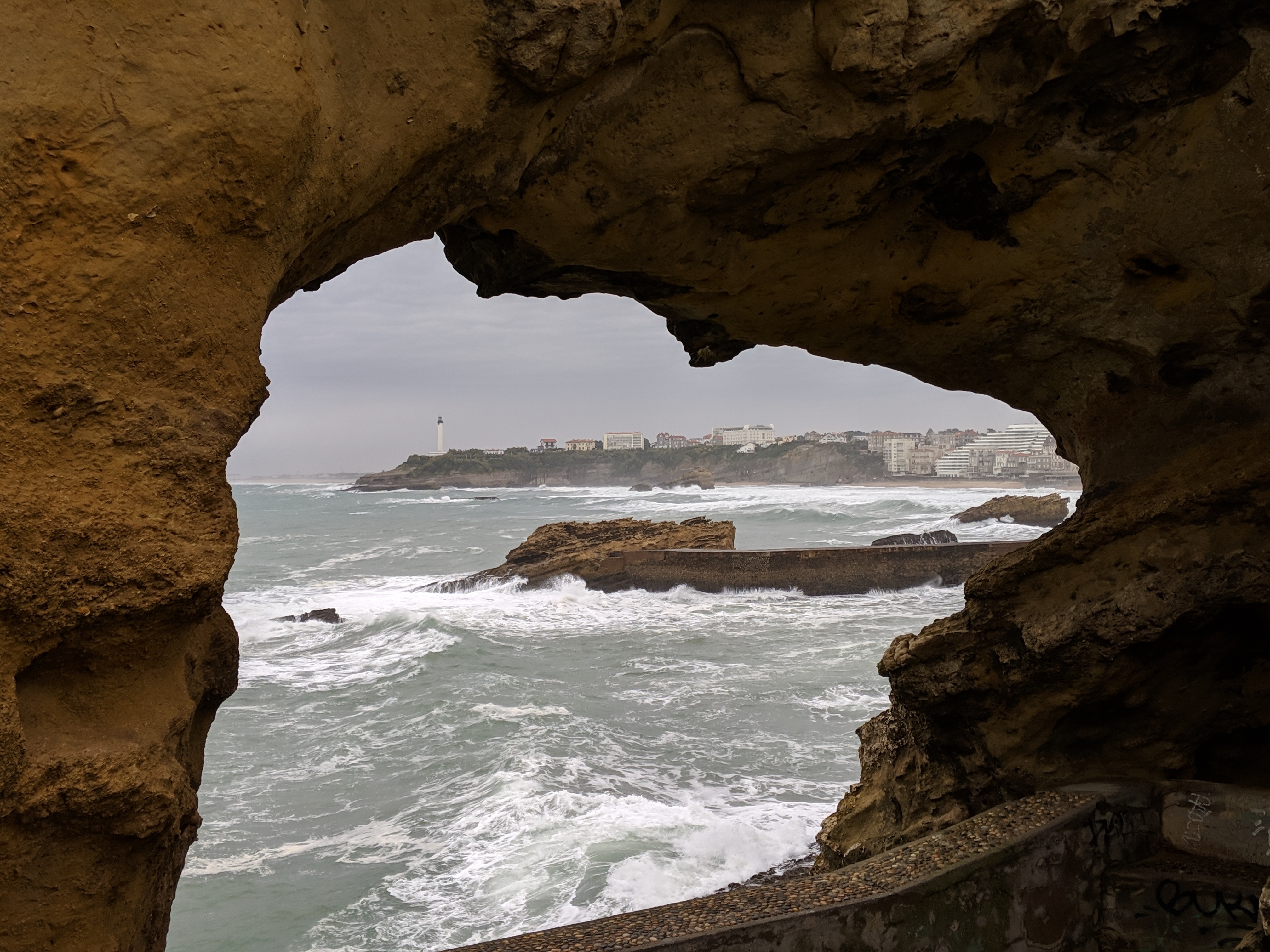
Bayonne
Bayonne is a charming city also close to the Spanish/French border in the Basque Country where two rivers intersect. It has a stunning cathedral and a very interesting Basque museum that walks you through the Basque way of life and teaches you about their agrarian ways, their whale hunting days, shows you how they lived, and their customs. Bayonne is also known for their fantastic chocolate, and when we set up a guided tour of the city we’ll also make sure to include a stop at a world-famous artisanal chocolatier’s atelier with a tasting 😉
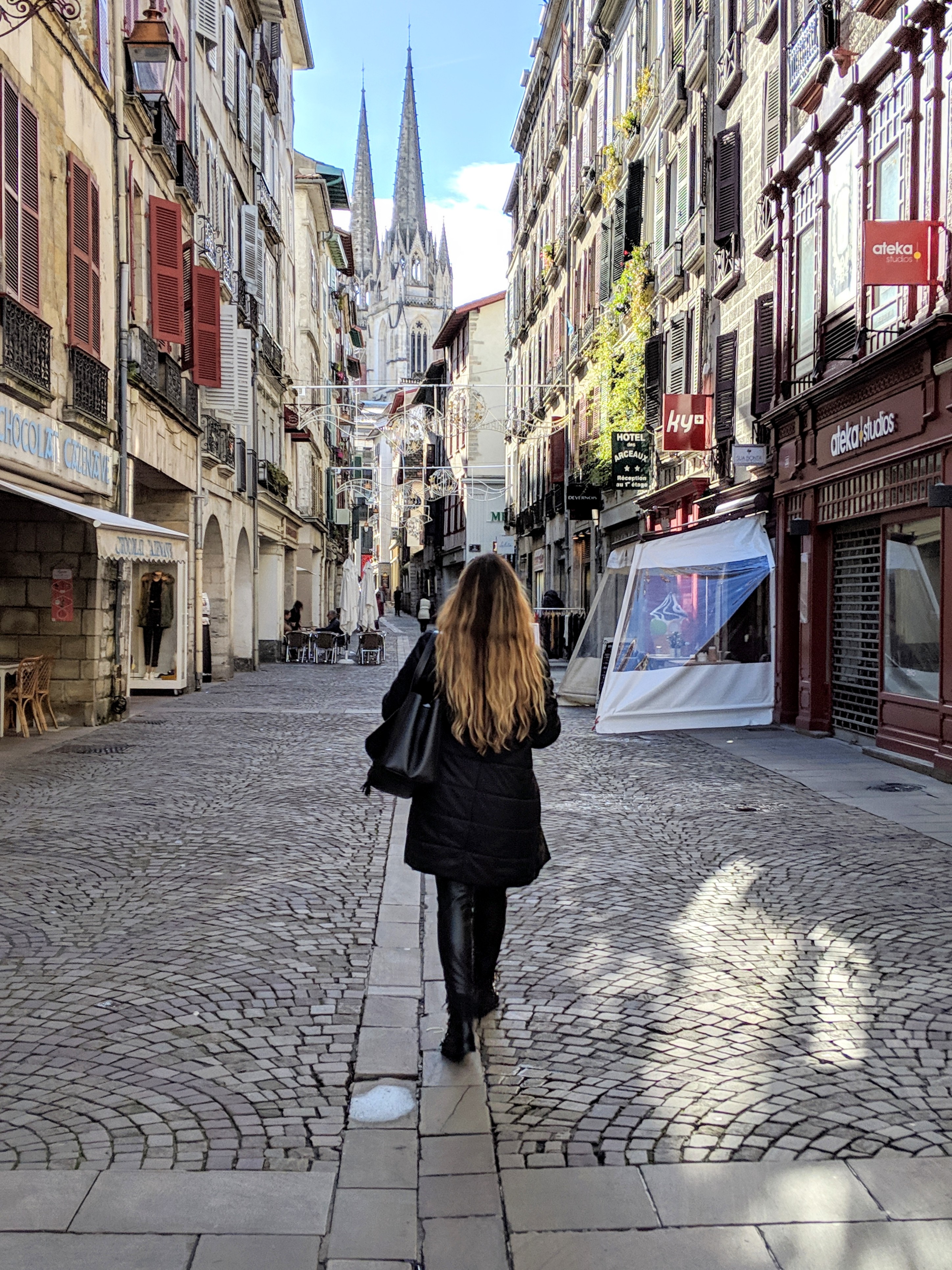
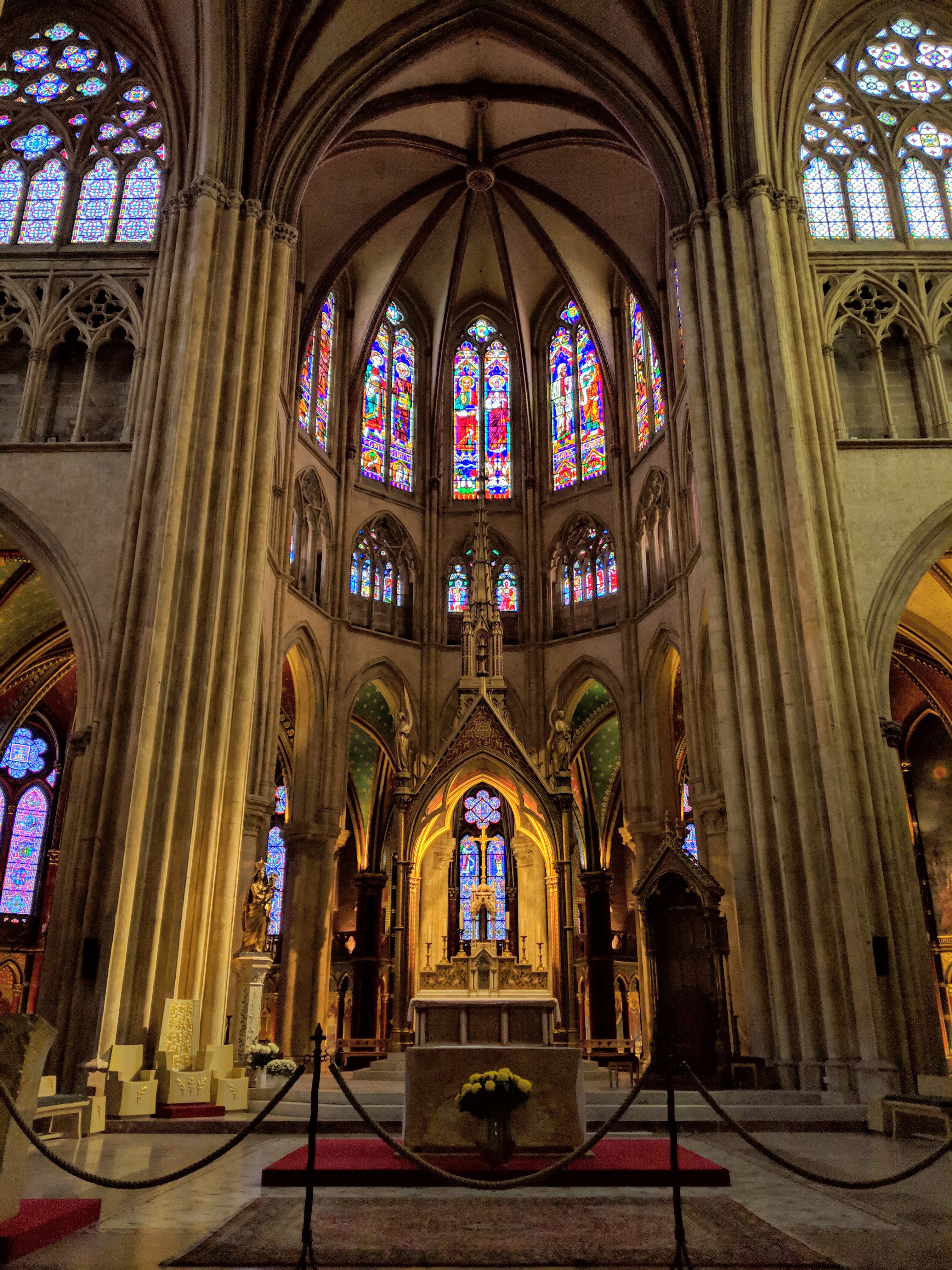
Inside Bayonne’s cathedral
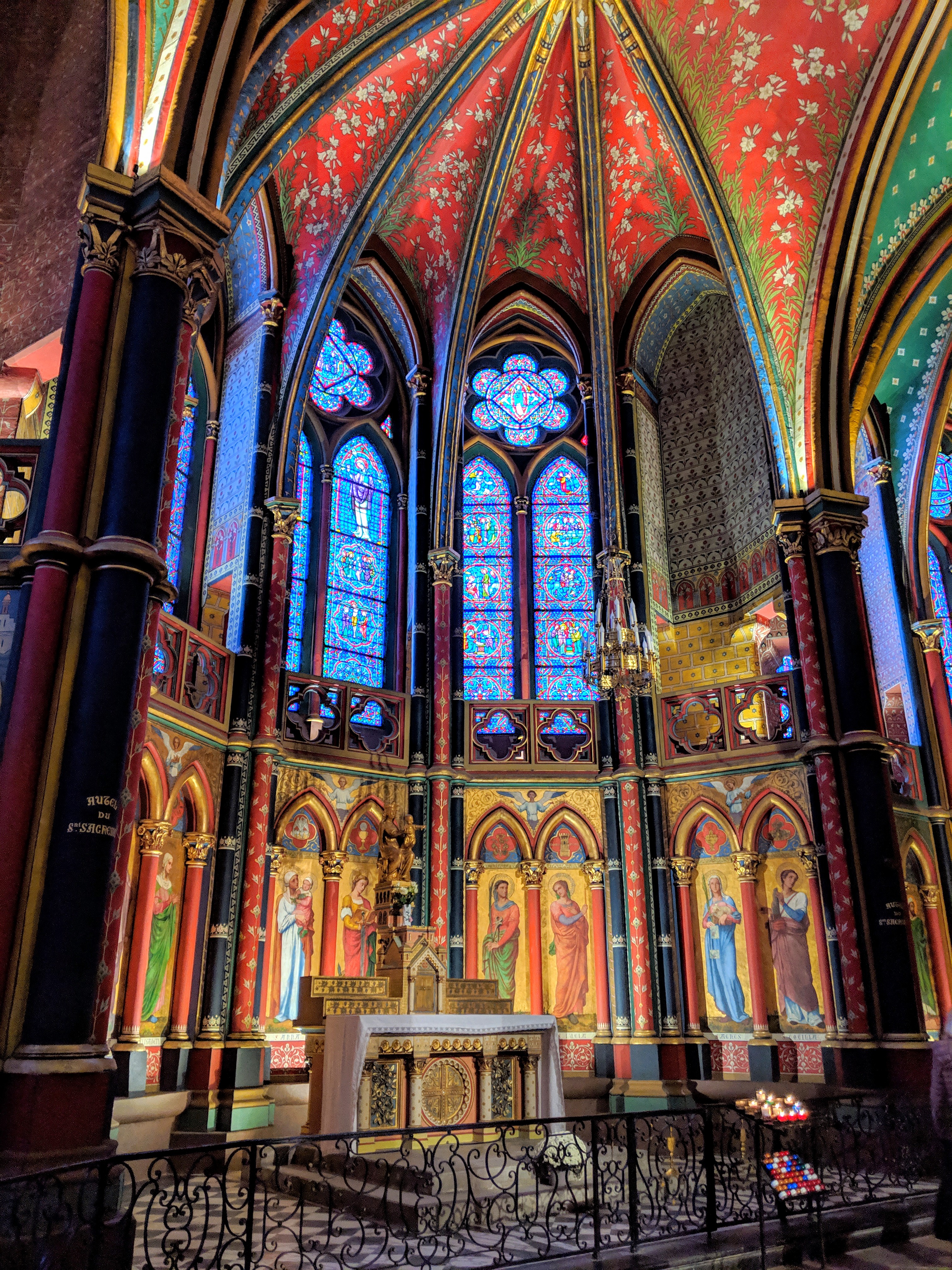
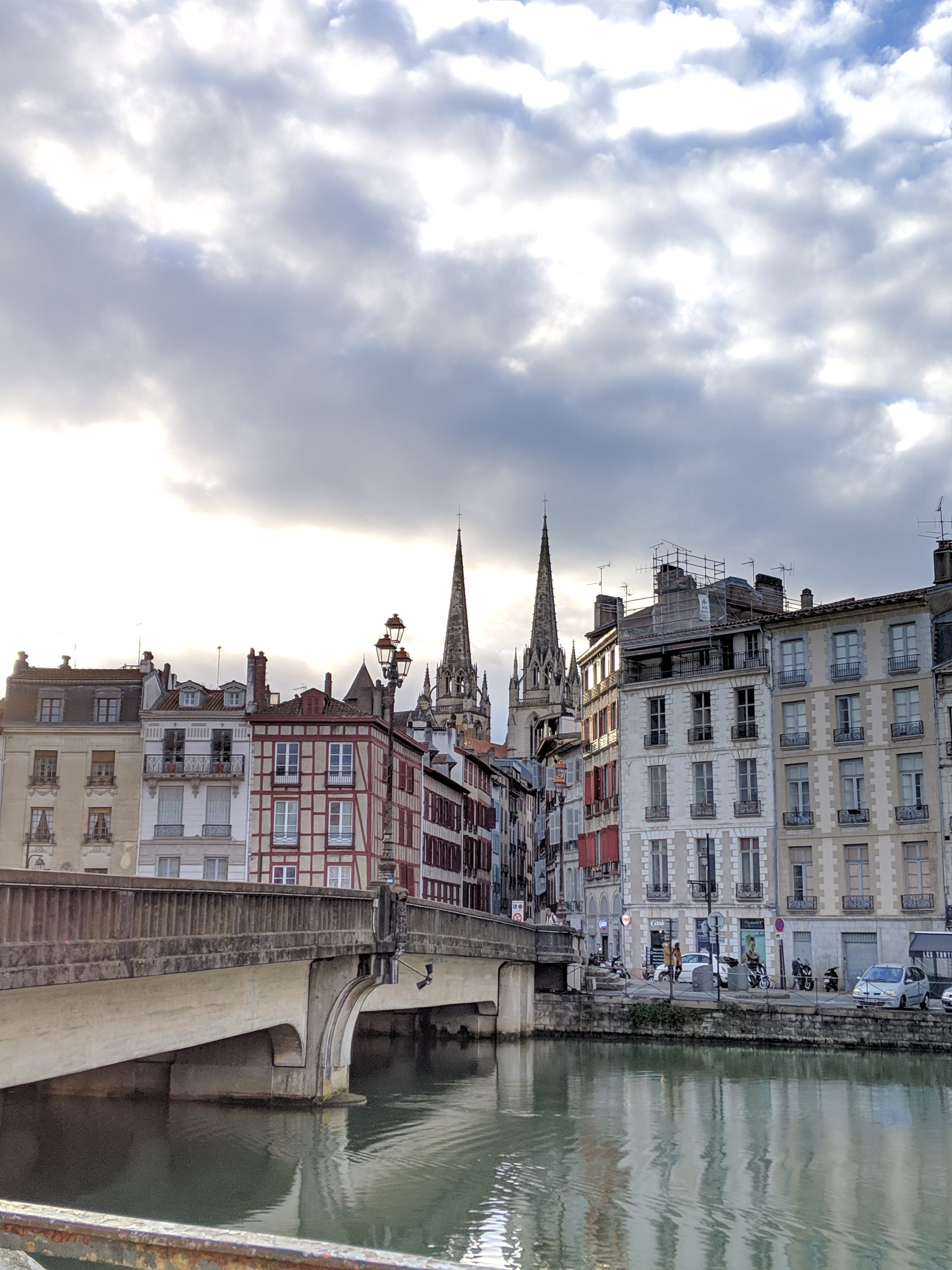
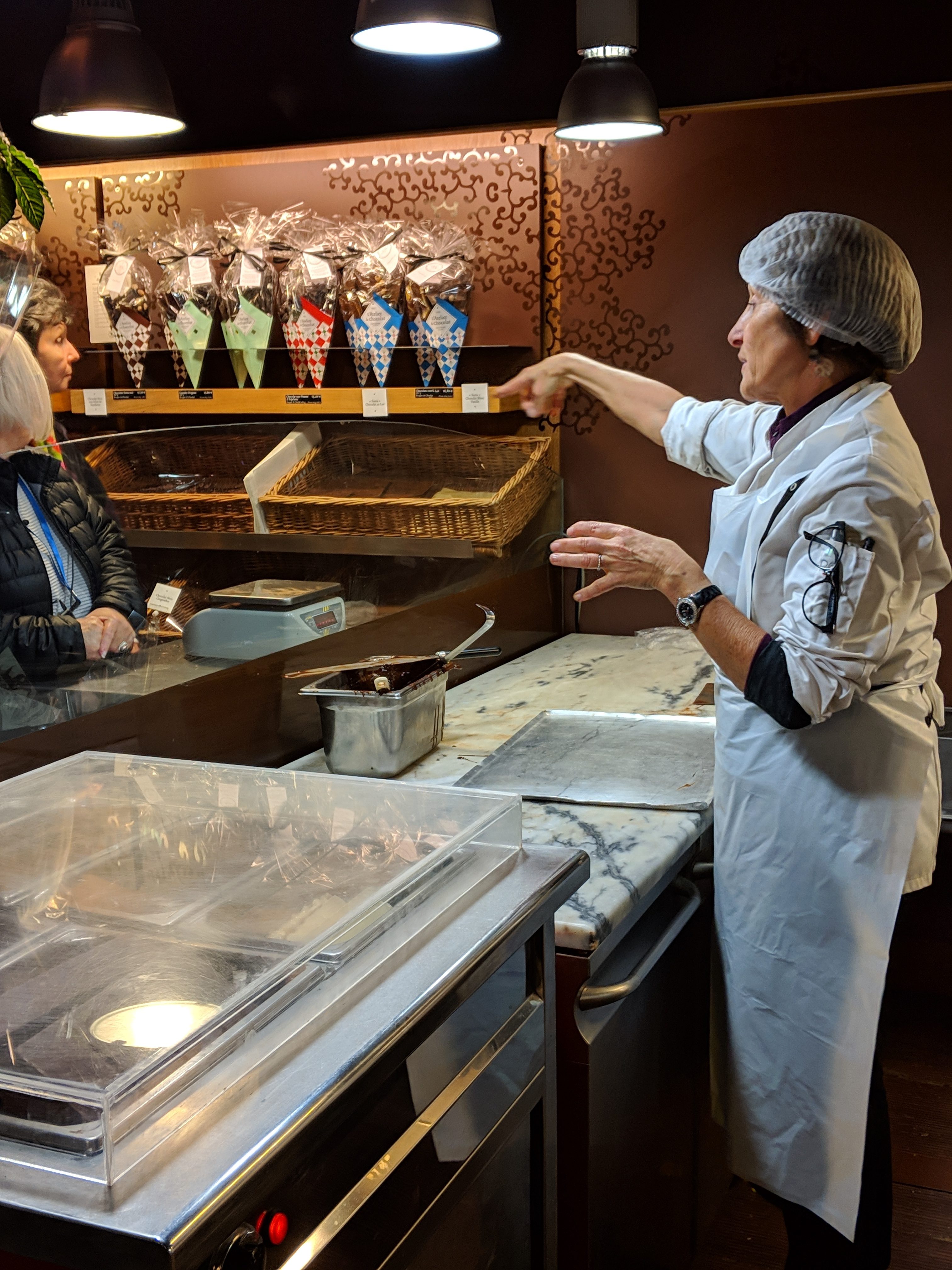
Visiting a gourmet chocolate atelier

closeup of the delicious chocolates
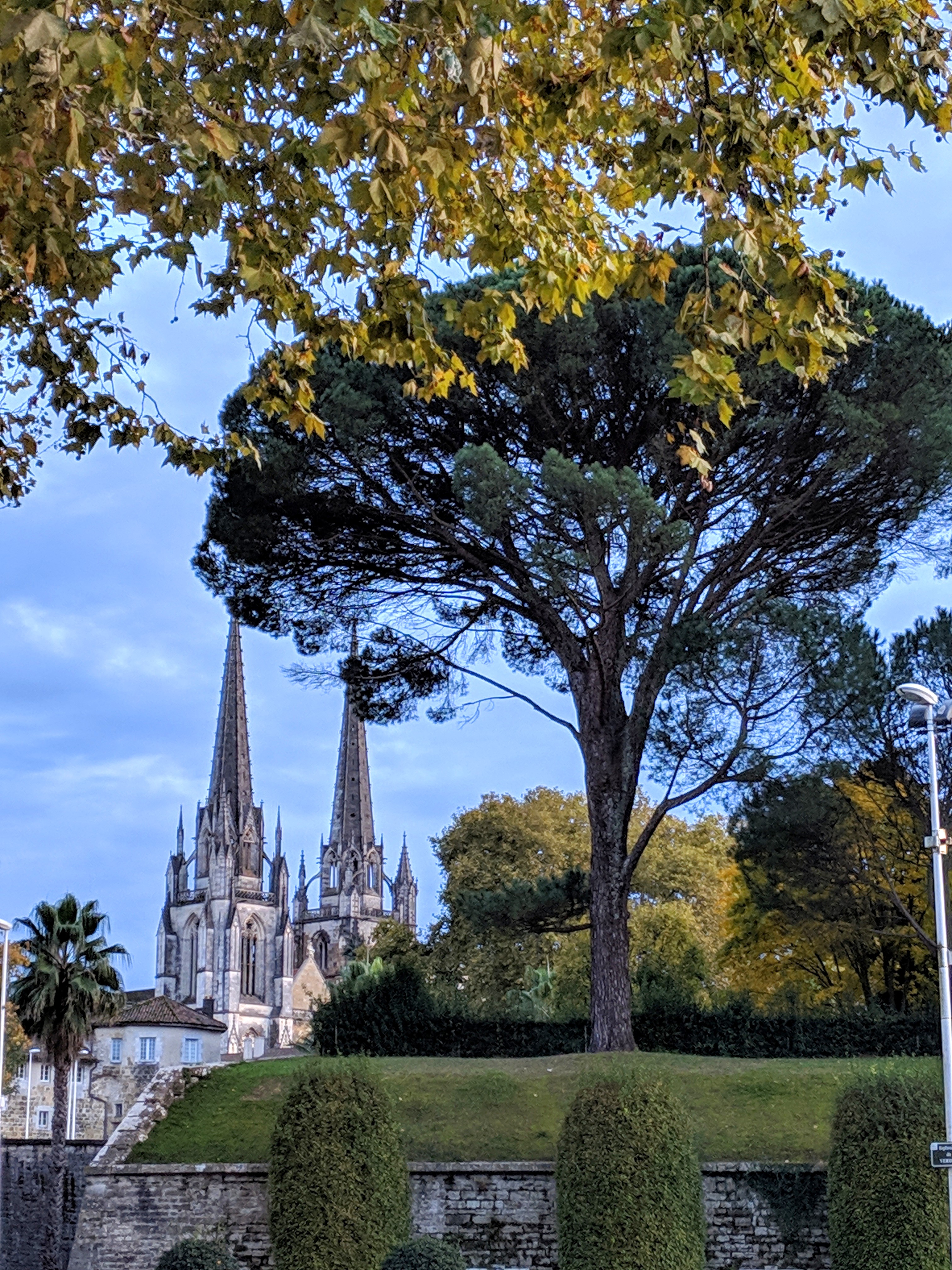
St Jean Pied de Port
The world-famous pilgrimage route of St James covers a lot of the North Spanish region, passing through many small towns in the Basque country. St Jean Pied de Port is one of the towns where pilgrims would stop on their way to Santiago de Compostela, and was also named as one of the most beautiful villages of France in 2016. It is a former medieval city, and is absolutely charming.
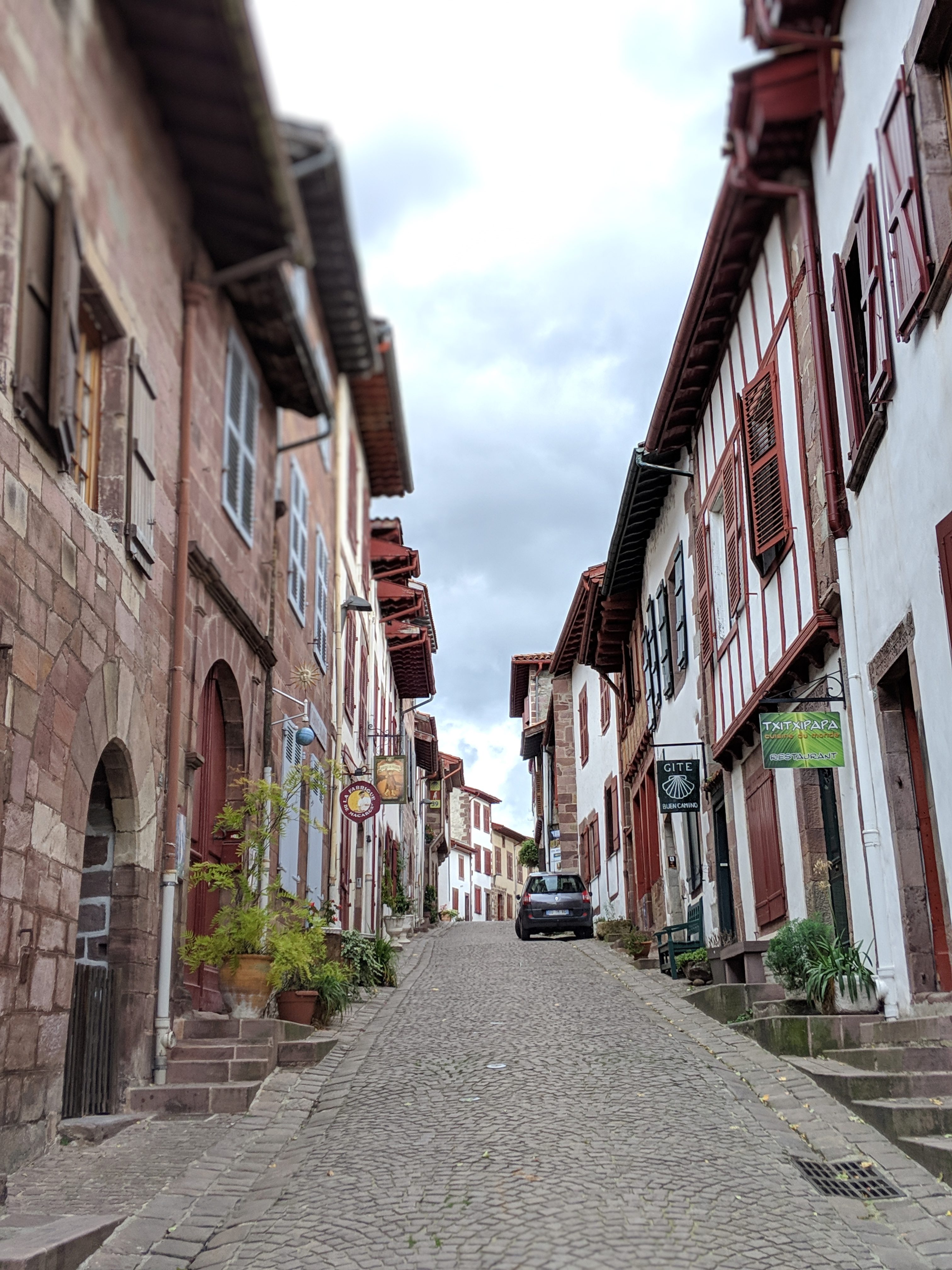
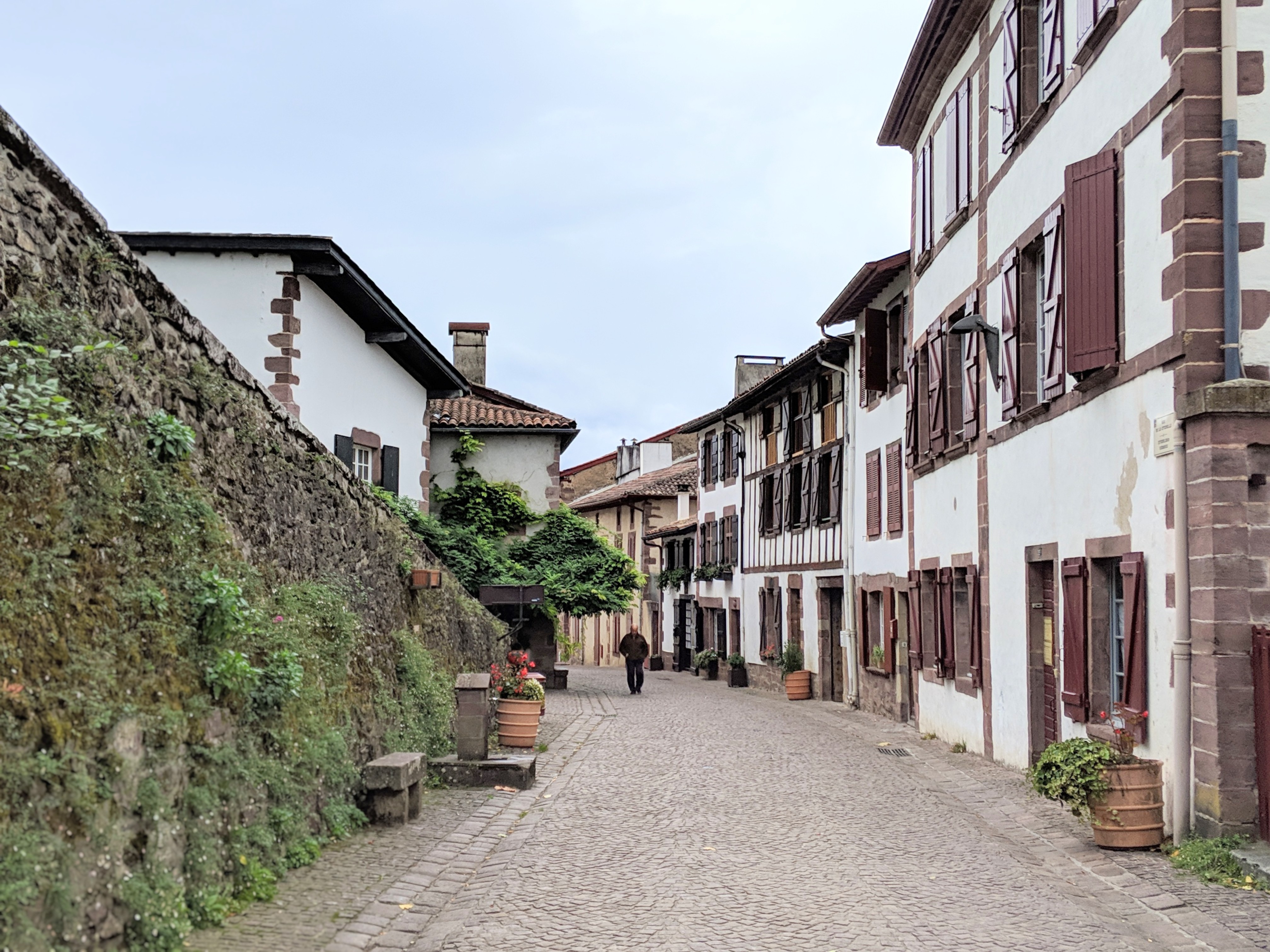
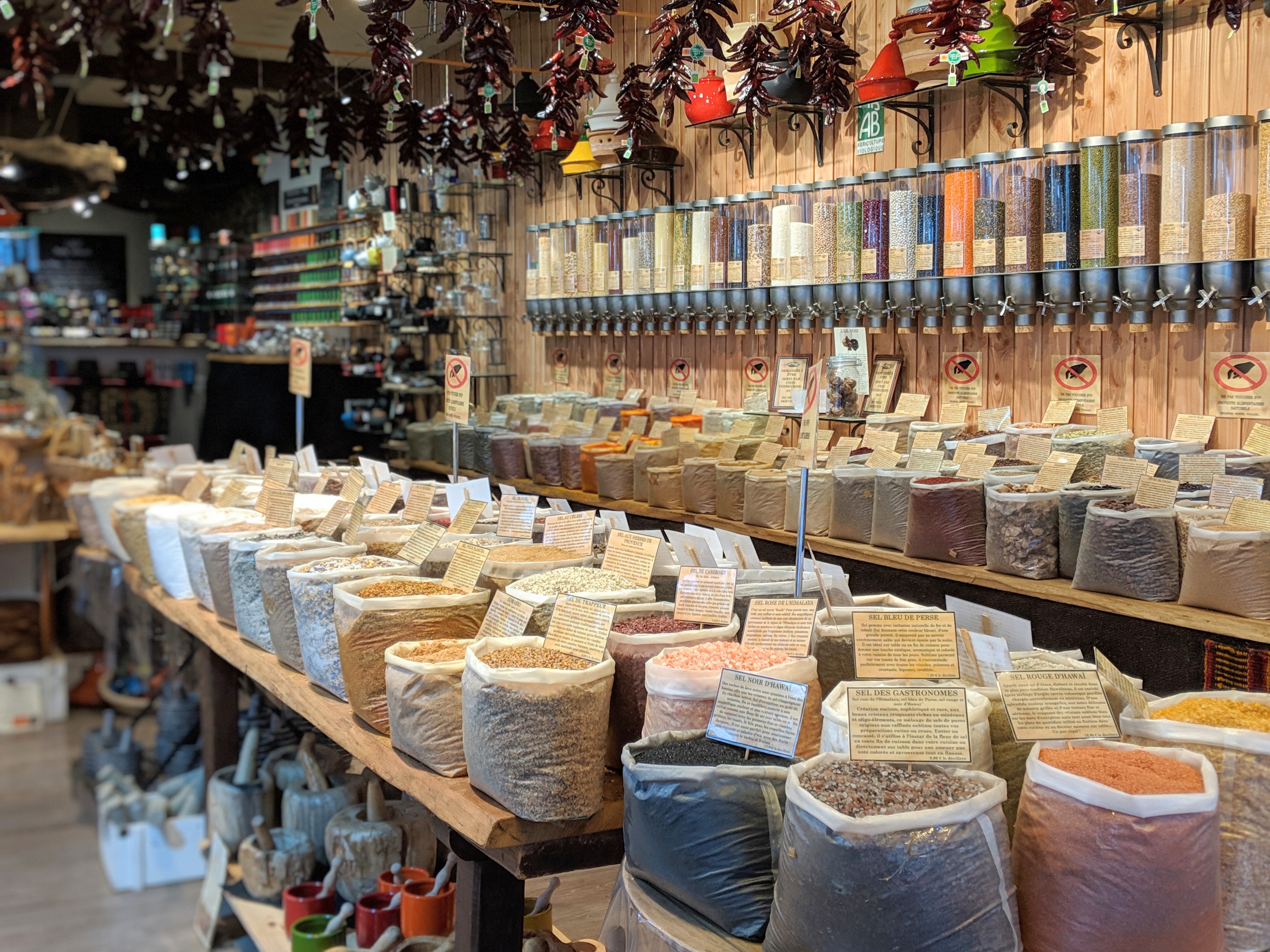
Spice store in St Jean Pied de Port
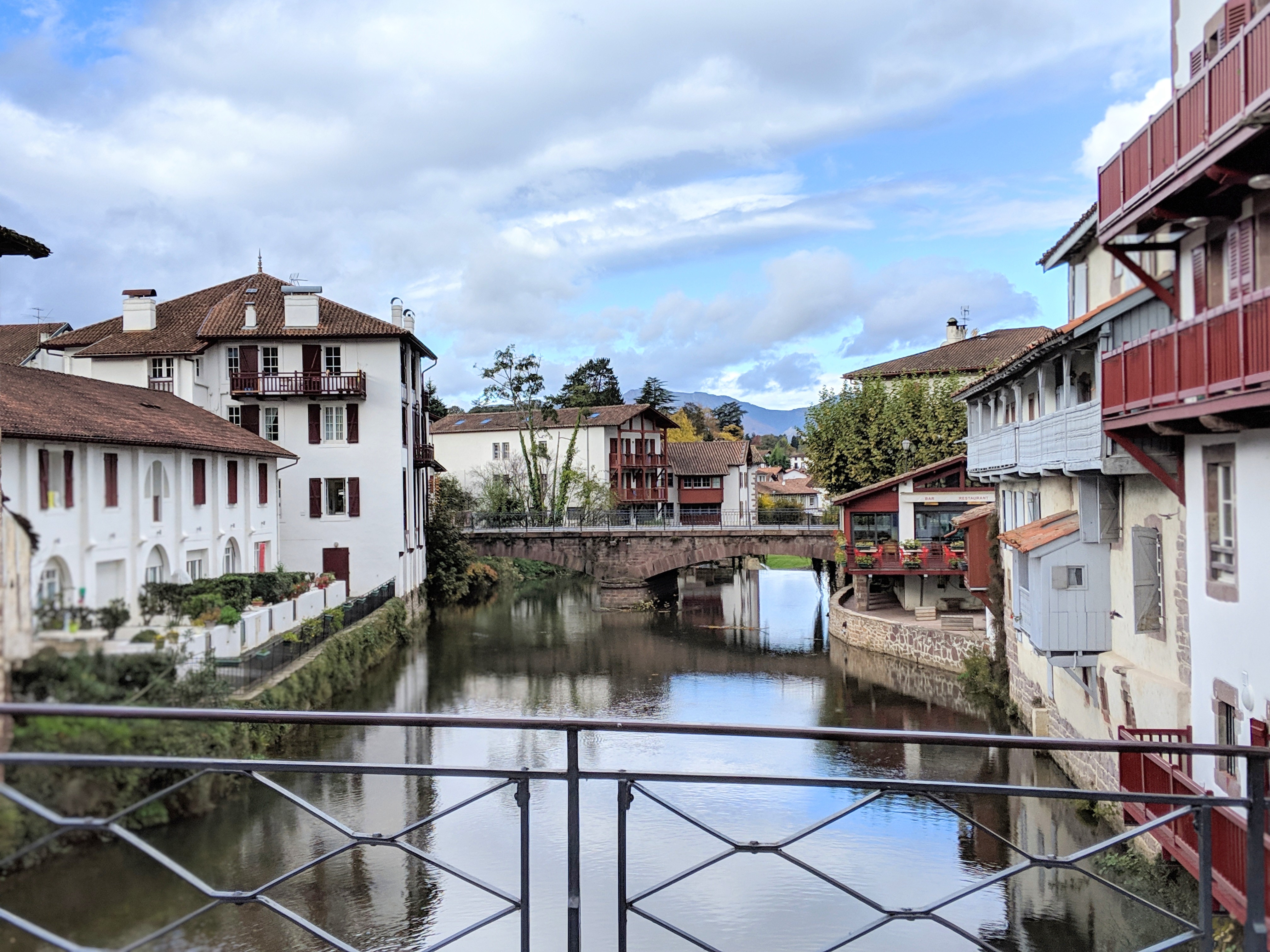
Espelette
If you’re a foodie, are familiar with Basque cuisine, or are a chef, chances are you’ve heard of Espelette peppers. They come from Espelette, a small village of just over 2000 people. Market days are on Wednesdays, which is a great opportunity to see the town. There is a special governing body for Espelette peppers, and they have strict standards that must be passed in order for the peppers to be harvested and sold. I can help set up a really interesting and delicious demonstration by a renowned French chef while you learn about the world of peppers in a stunning 17th century building and modern day shop.
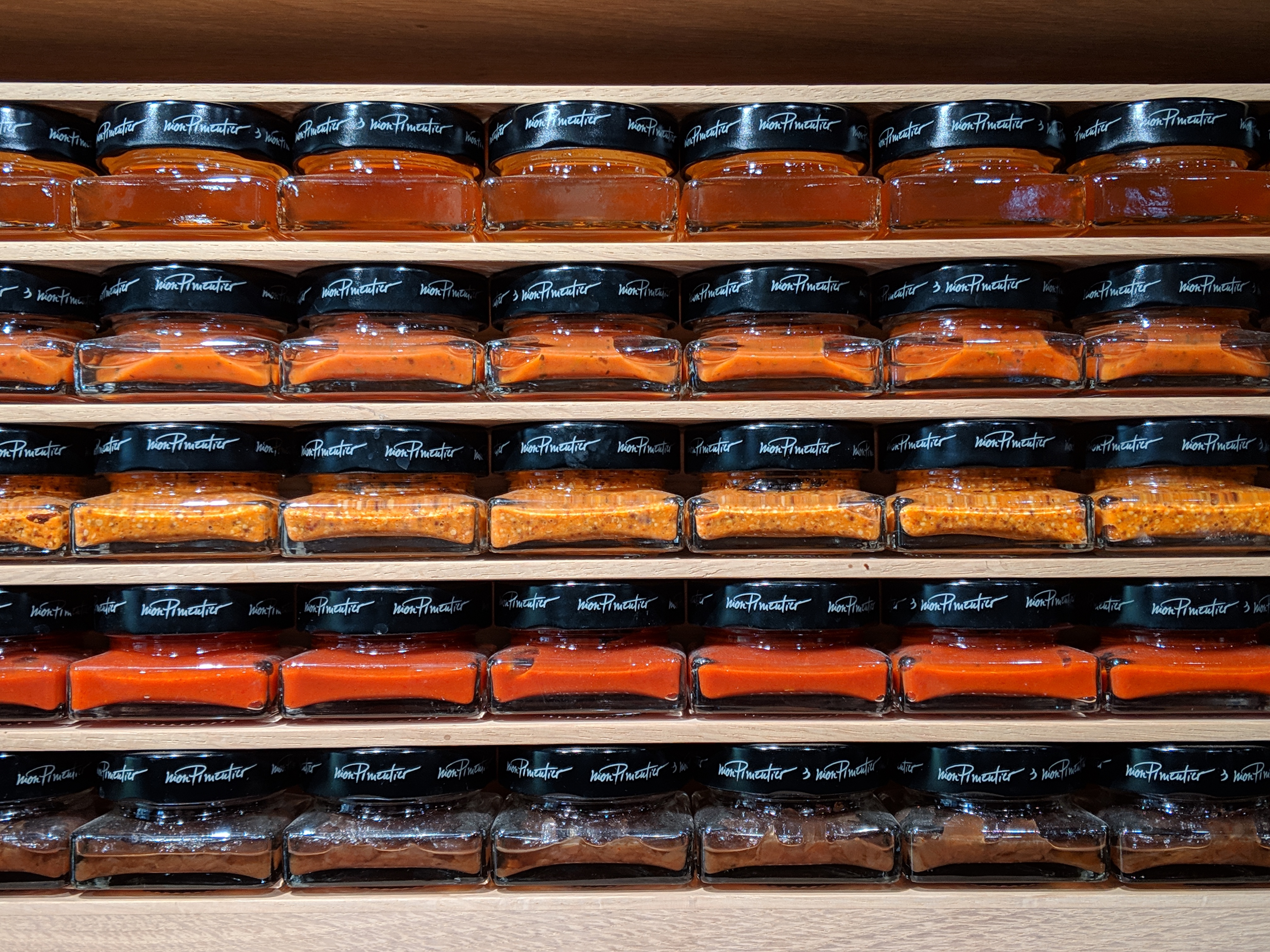
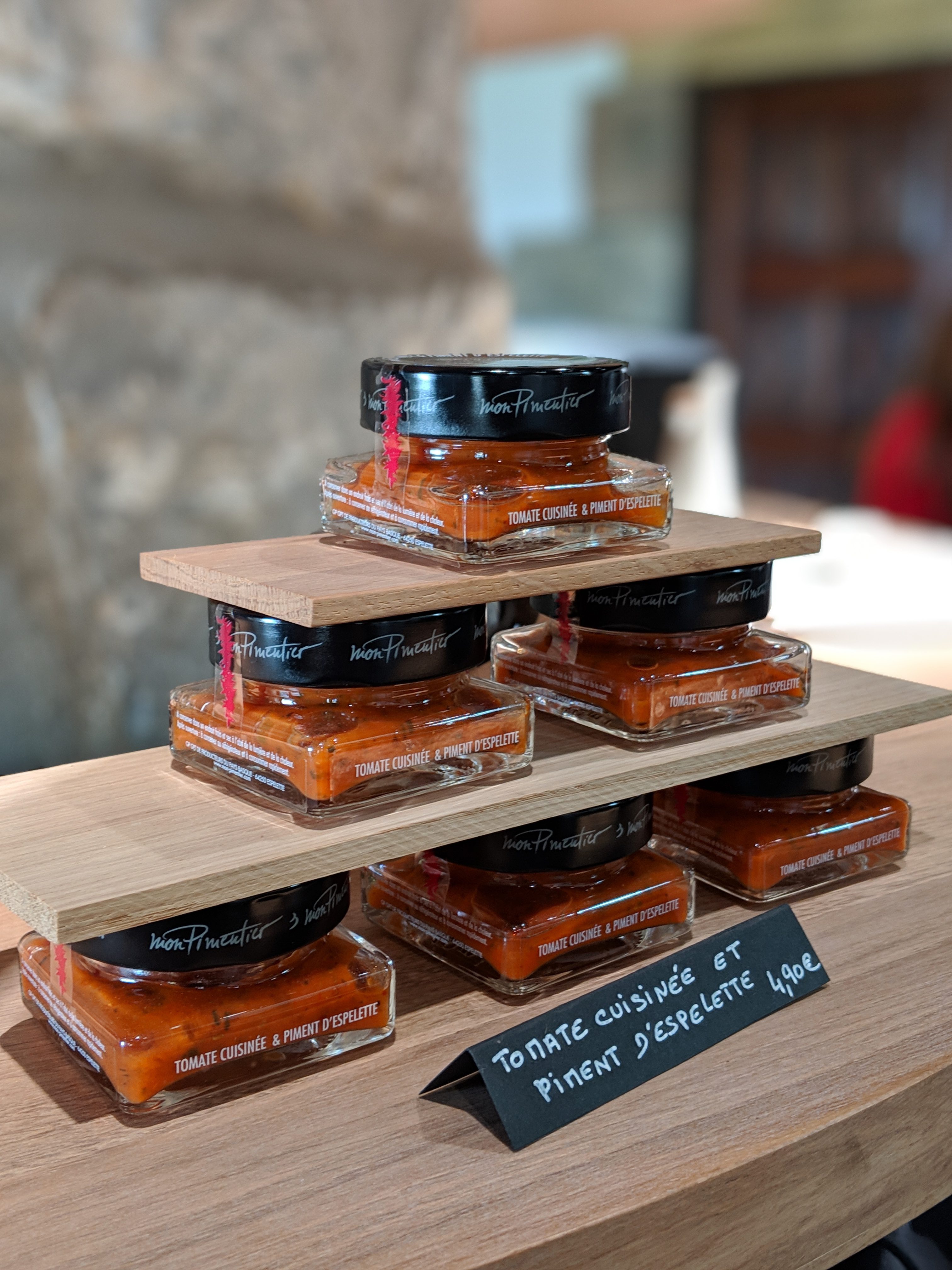
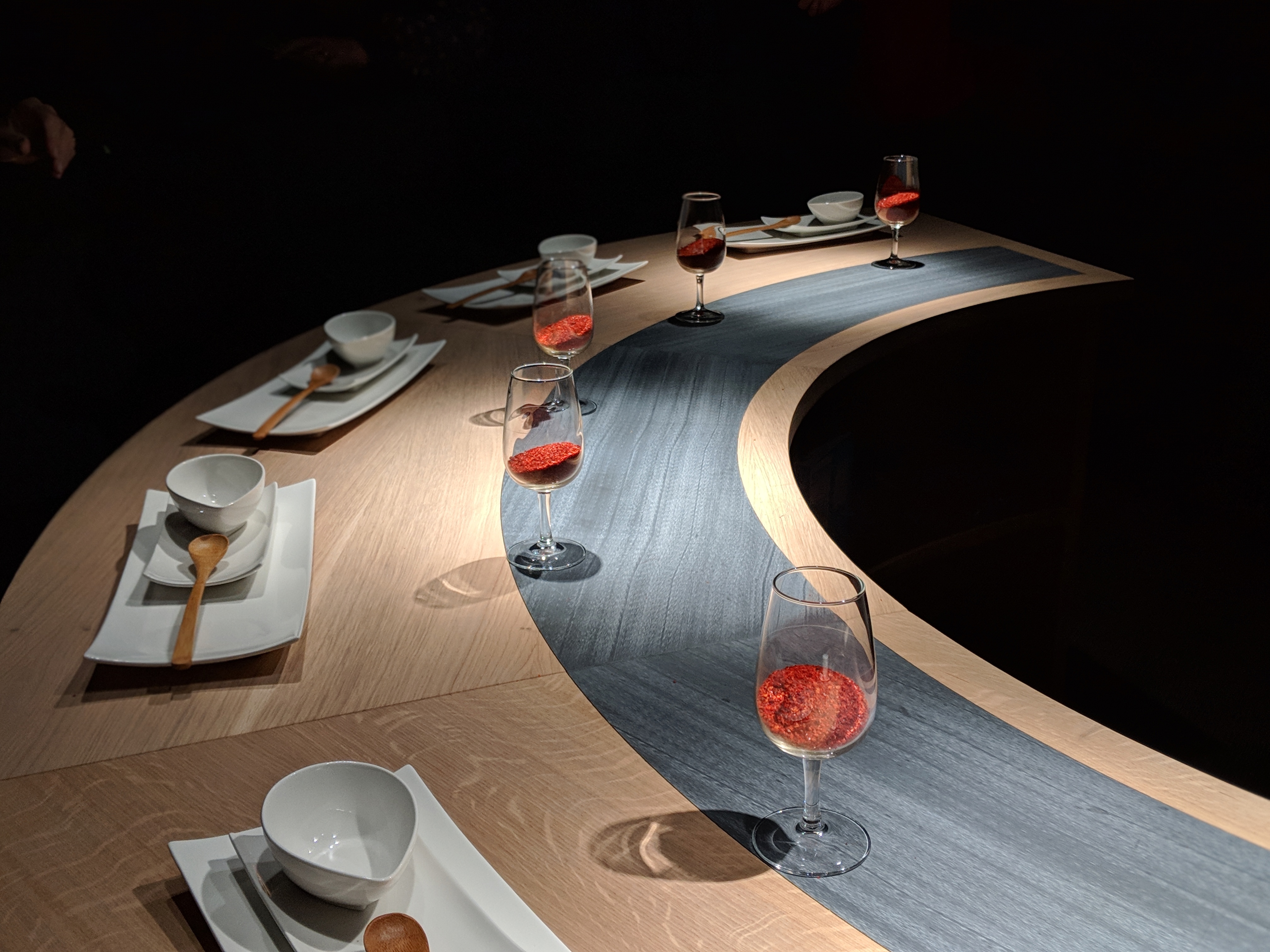
set up for Espelette pepper tasting
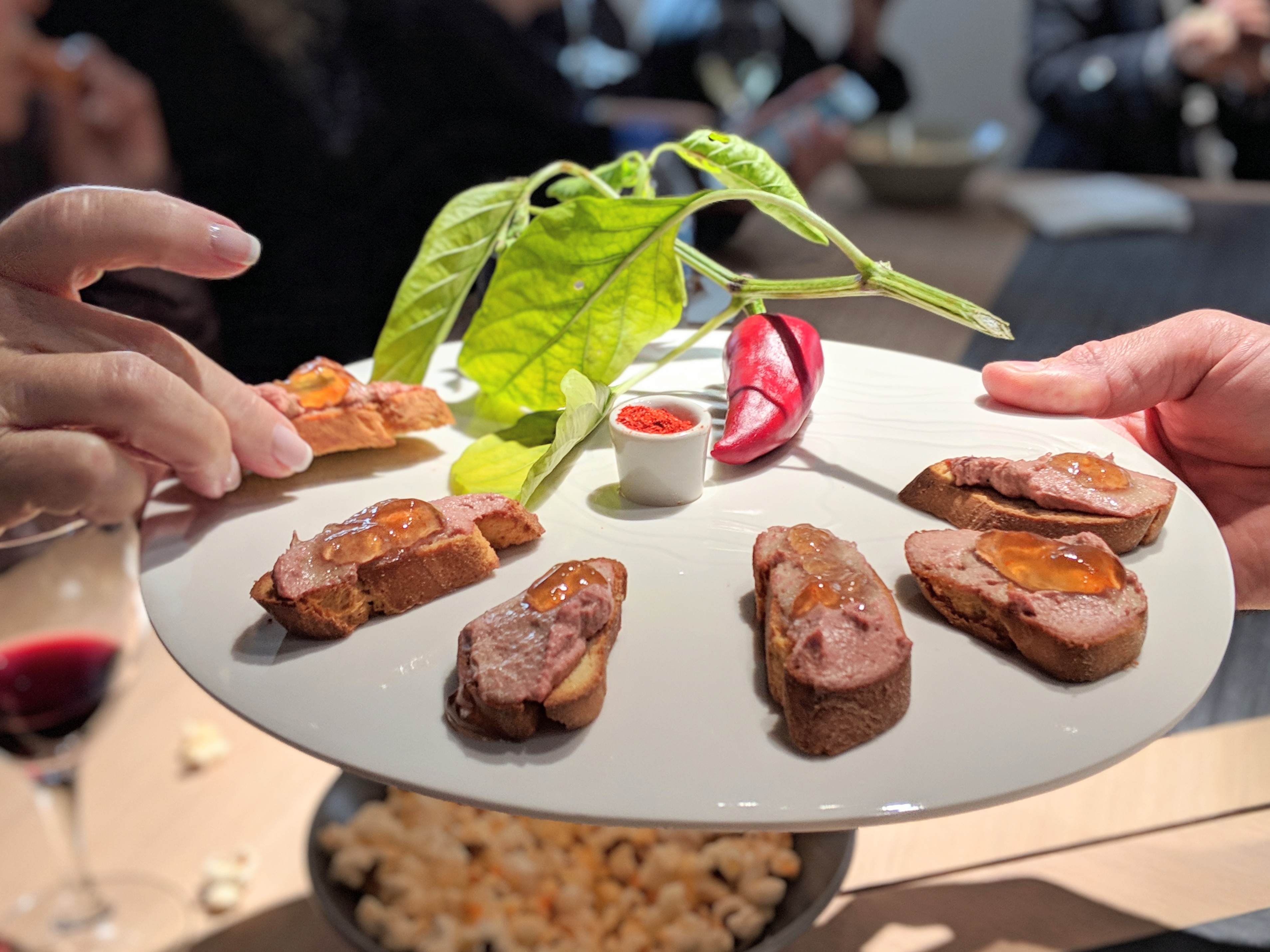
Tasting delicious bites seasoned with Espelette pepper
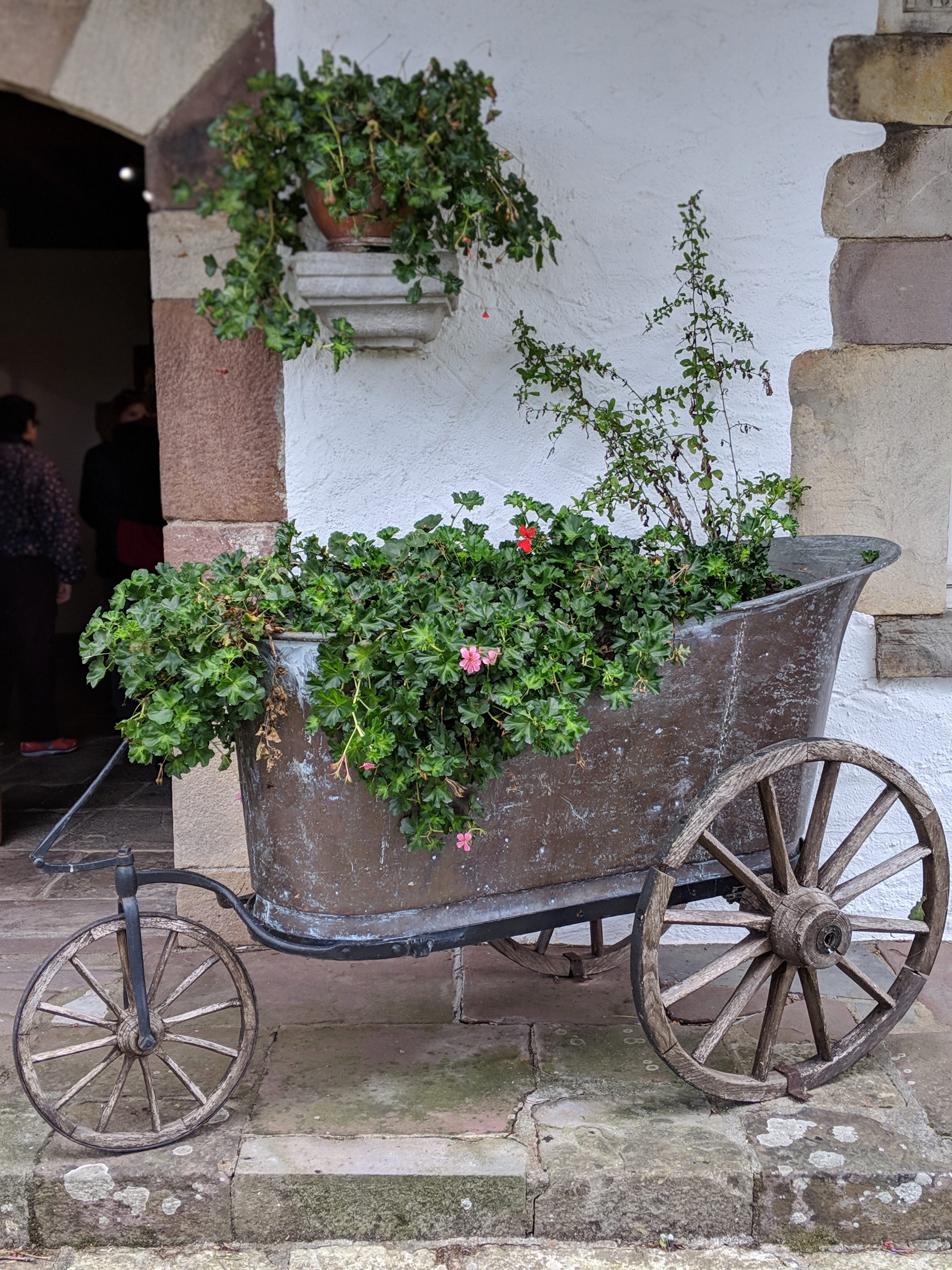
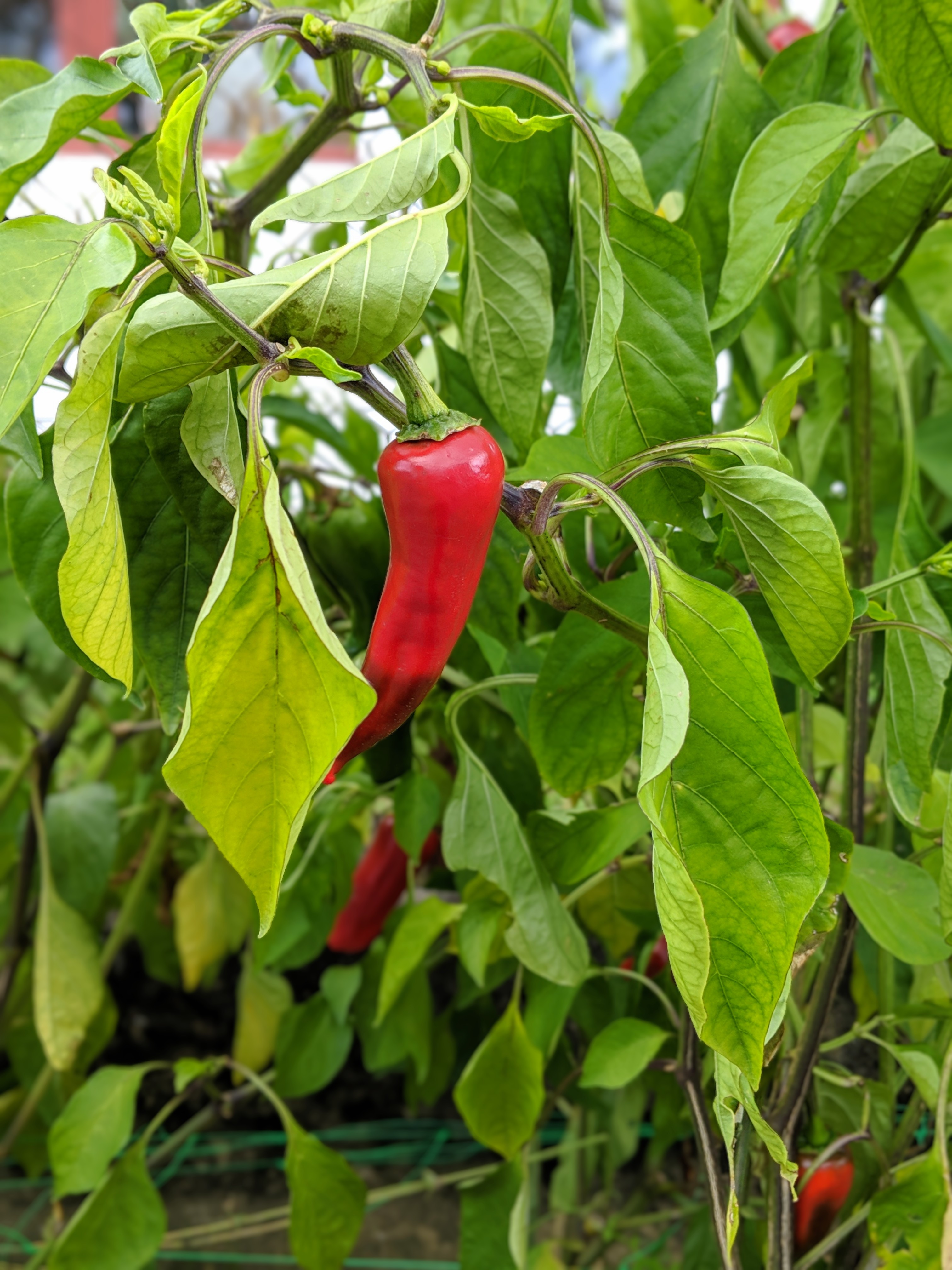
Closeup of an Espelette pepper
San Sebastian
San Sebastian is by far one of my top three favorite cities in the entire world and one of the most beautiful. I had a chance to see it for the first time 17 years ago on my first trip to the Basque Country, and I was mesmerized. It’s often called the “Pearl of the Sea”, and has been a resort town since the late 1800s. Queen Regent Maria Cristina helped make this city very popular in 1886 and many Spanish and European aristocrats have been coming here ever since. It’s a great family resort town, has three beaches (one is known as the surfing beach), and an International Film Festival every September. The Gothic Quarter of San Sebastian is ideal for bar hopping and for tasting pintxos (peen-chos), or the basque name for tapas. I can help set up guided tours of the city, pintxo crawls through the old town, cooking classes at a world-renown cooking school where Thomas Keller, Wolfgang Puck, and other famous chefs have stopped by, and so much more. No visit to the Basque Country is complete without a visit to a traditional Basque cider house. The cider houses in the Basque country typically serve a variety of basque dishes to be enjoyed while knocking back some fresh cider made on property. It’s really fun to get up and serve yourself fresh cider from the spout, and is a fun basque pastime.
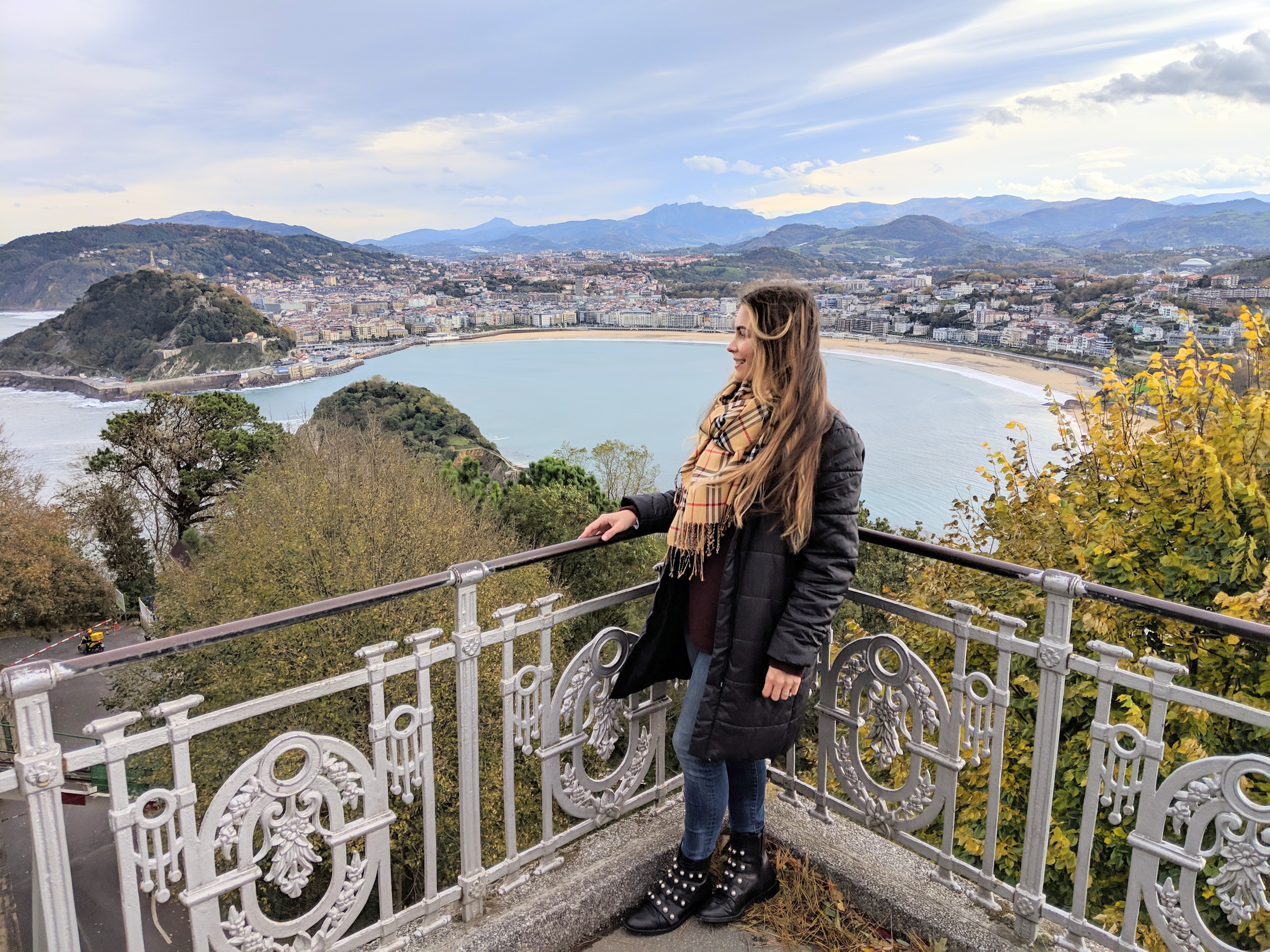
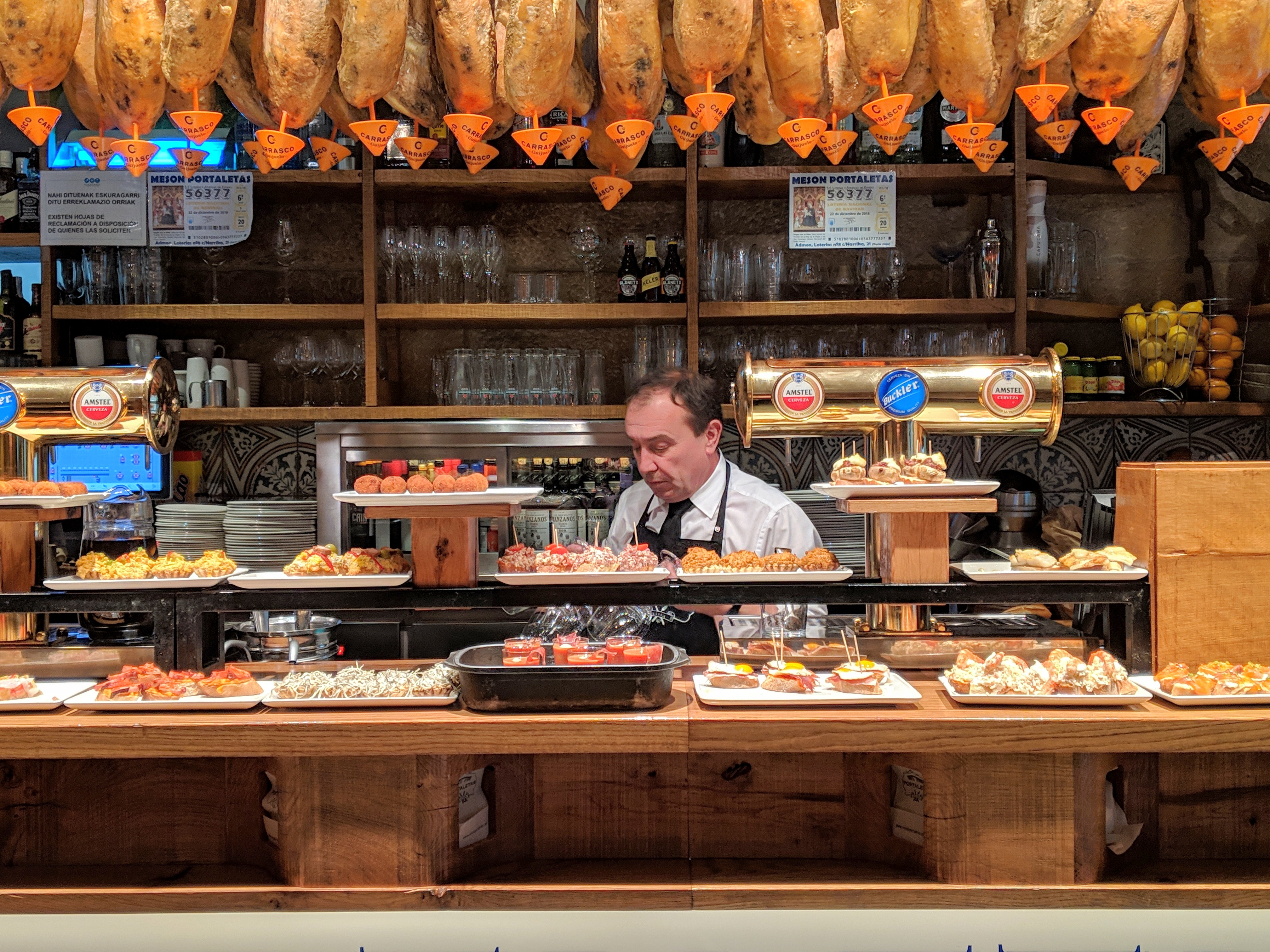
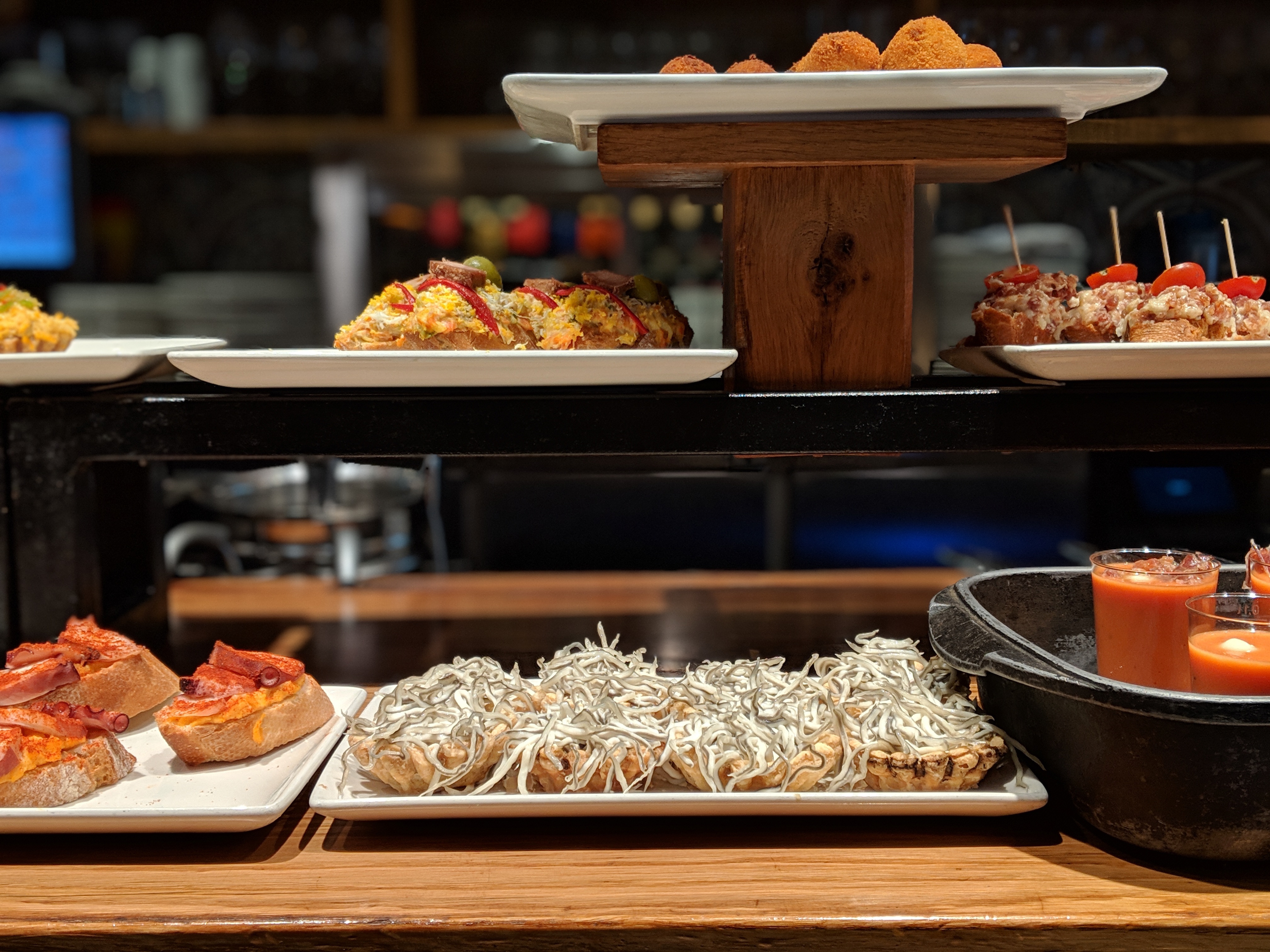
Typical Basque pintxos


Magic hour in magical San Sebastian as seen from the old quarter
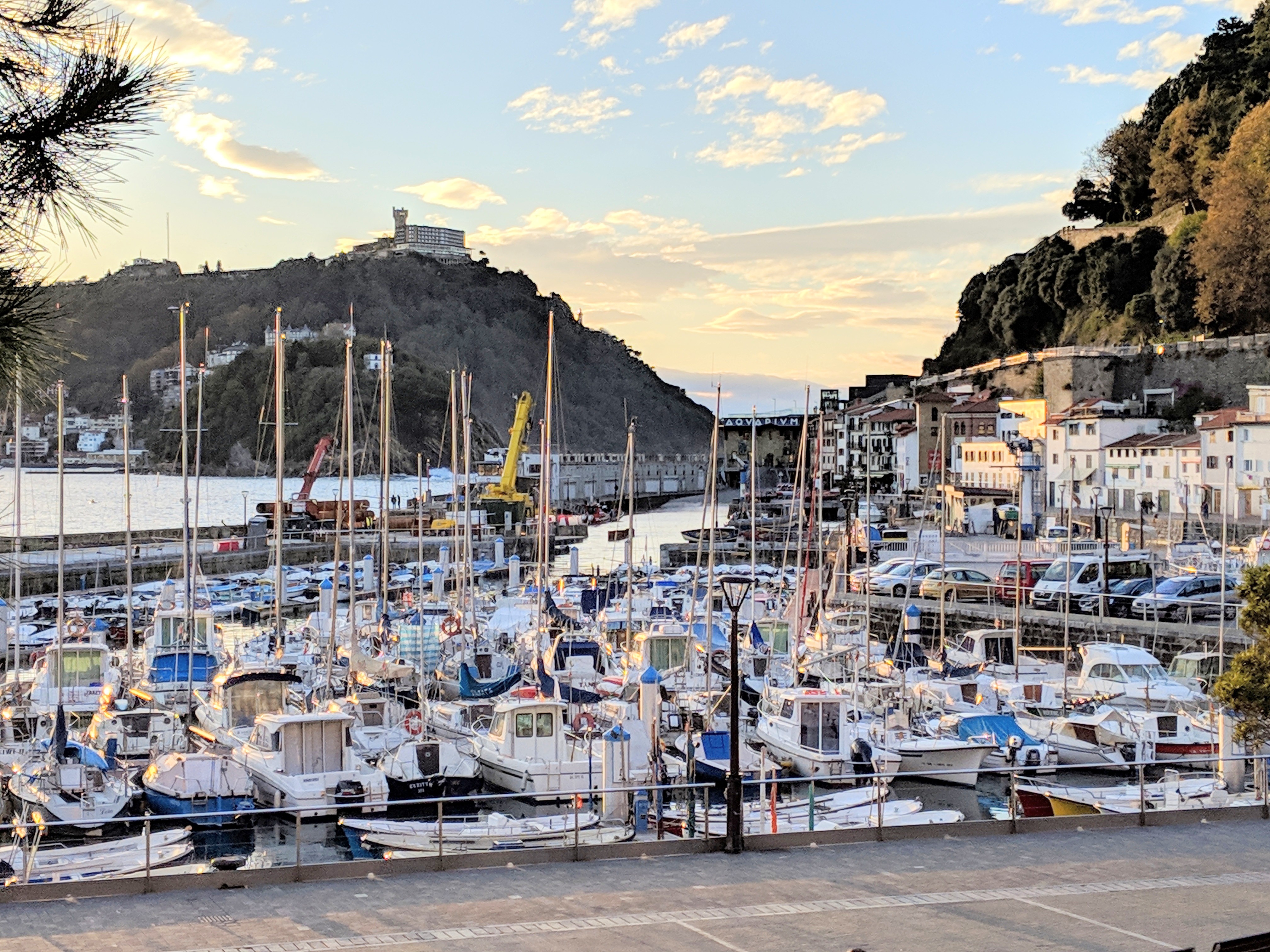
San Sebastian port near old town

Surfers

San Sebastian at night
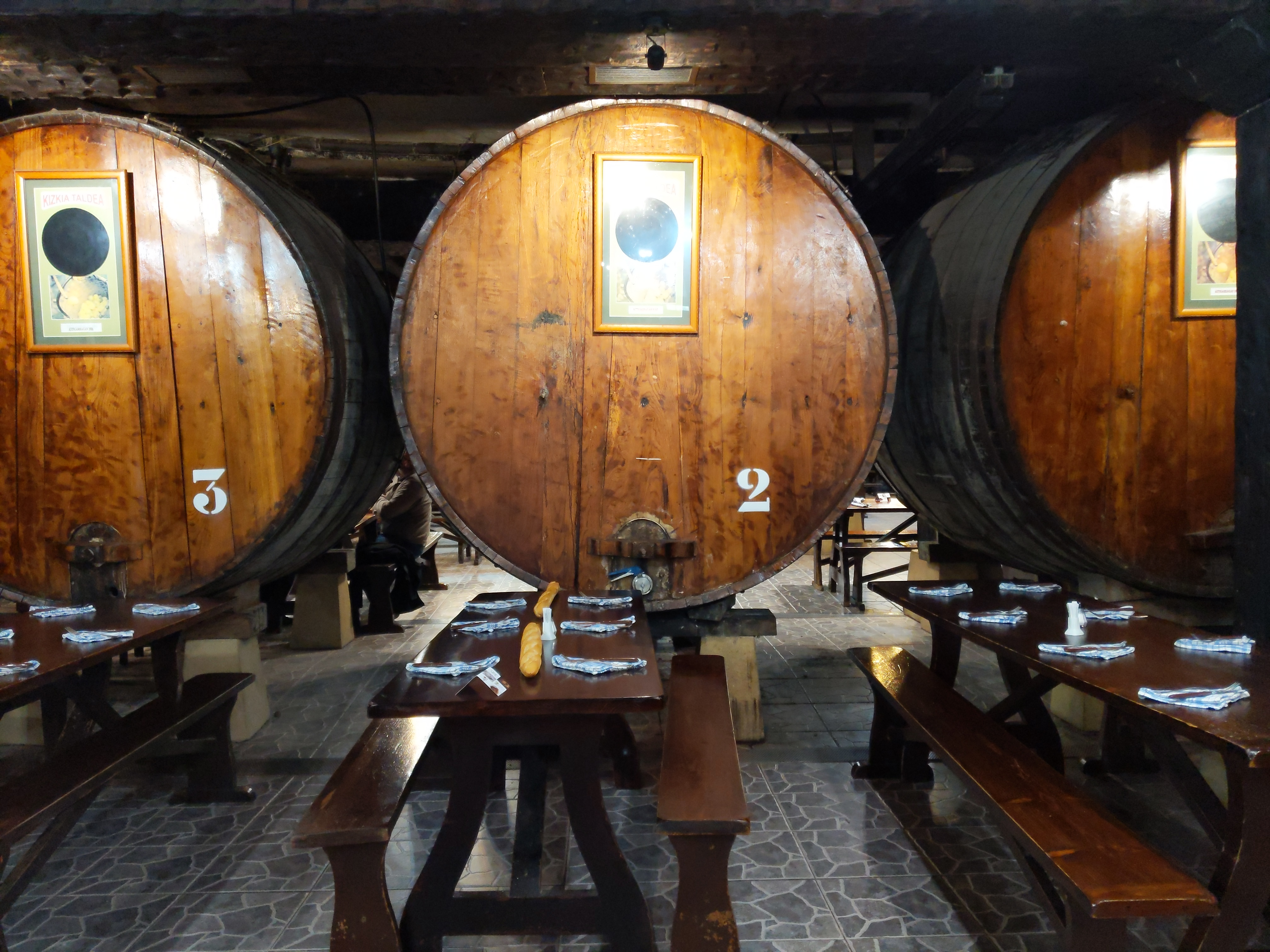
Cider house outside San Sebastian
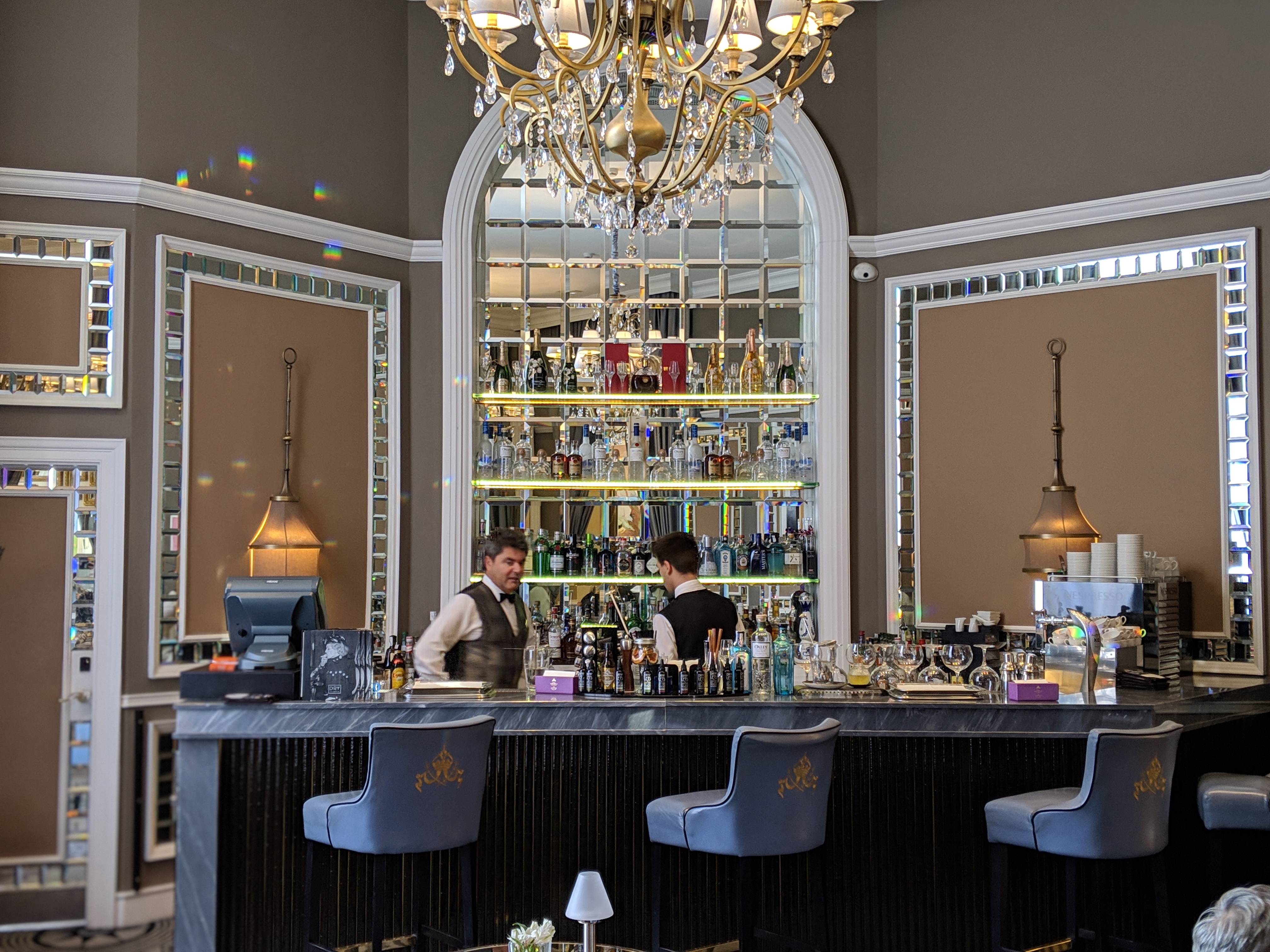
Bar at the world class Maria Cristina hotel
Hondarribia
Hondarribia is a delightful little town just outside of San Sebastian with a Medieval district and fishermen’s quarter. A brief walking tour of the town will show you some beautiful old homes along small alleyways and lovely balconies, all the way up to the historic Parador which once was a defender tower against invasions from France.
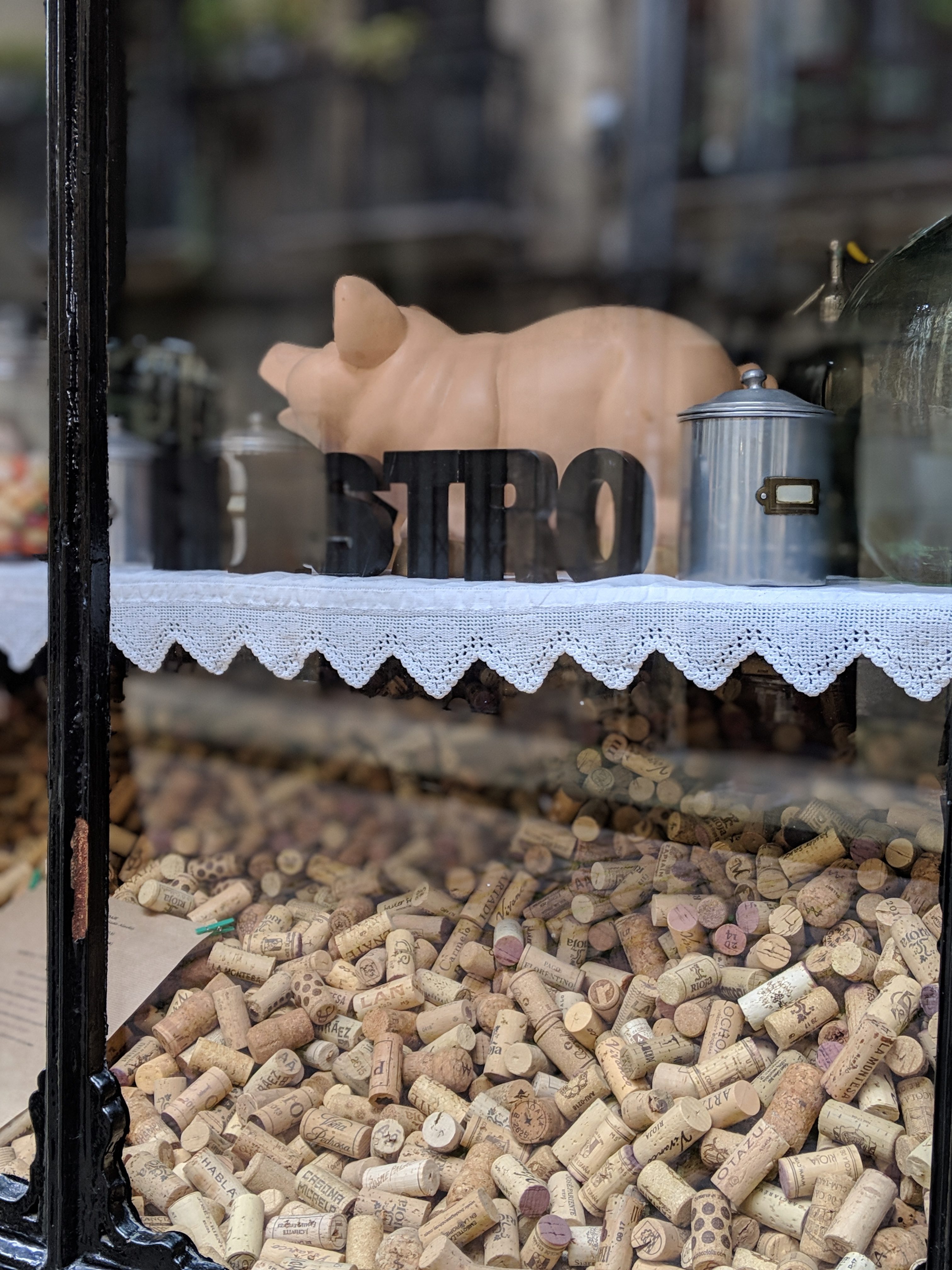
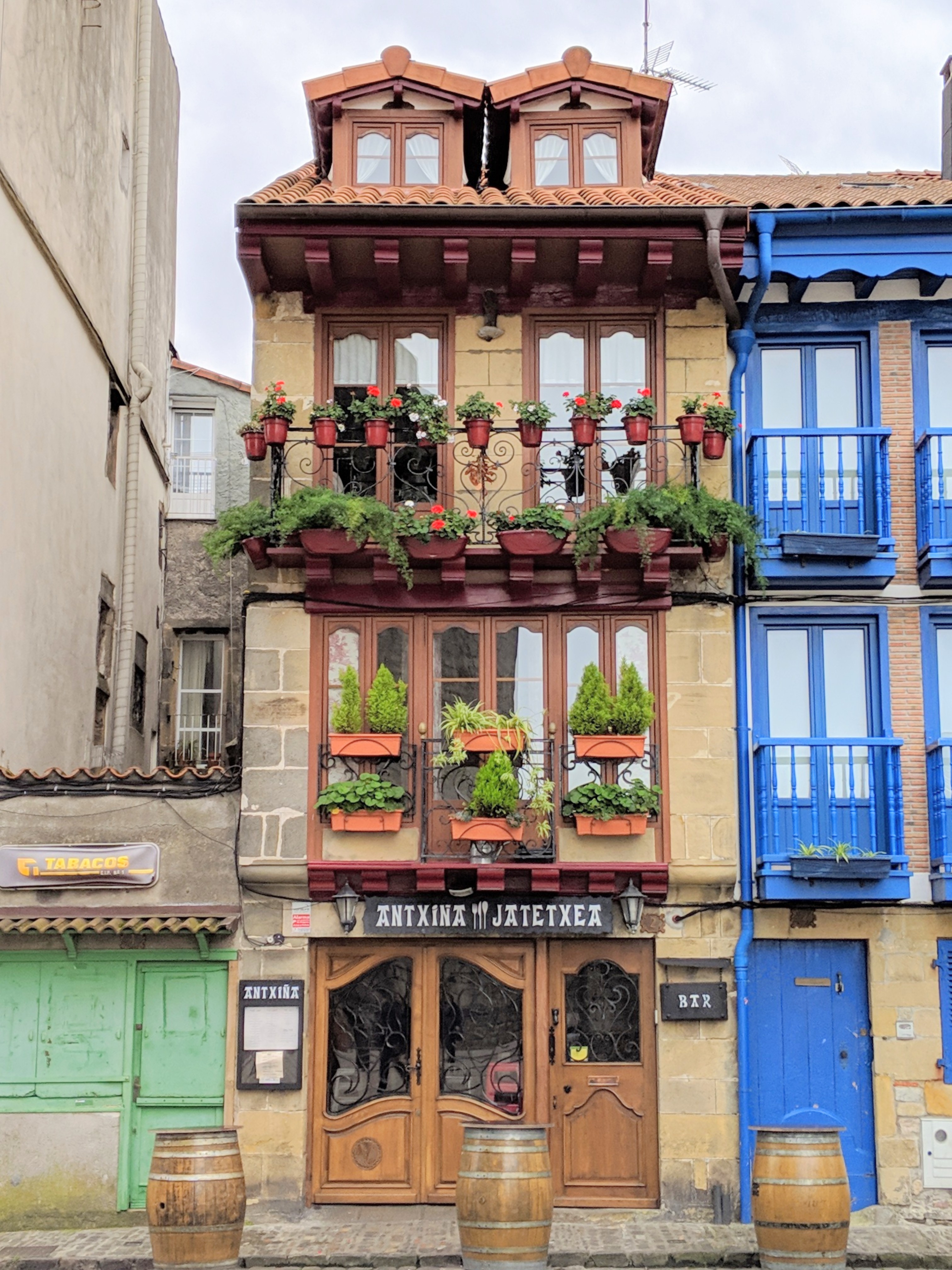
Getaria
Getaria is another lovely fishing town in the Spanish Basque country and is also the birthplace for world-famous designer Cristobal Balenciaga. During the middle ages the people who lived in Getaria where whale hunters, and when we bring clients here we take them to see the port where the whale hunters (and how fishermen) depart. A stop at the Cristobal Balenciaga Museum is a must, especially if you have an appreciation for fashion. There is also a wonderful 2 mile walking trail from Getaria to the next town of Zarautz. where you can enjoy spectacular views of the ocean and catch surfers riding waves along the coast. In Zarautz we take our clients to checkout a Txakoli winery that produces young, fruity white wines and rosé.
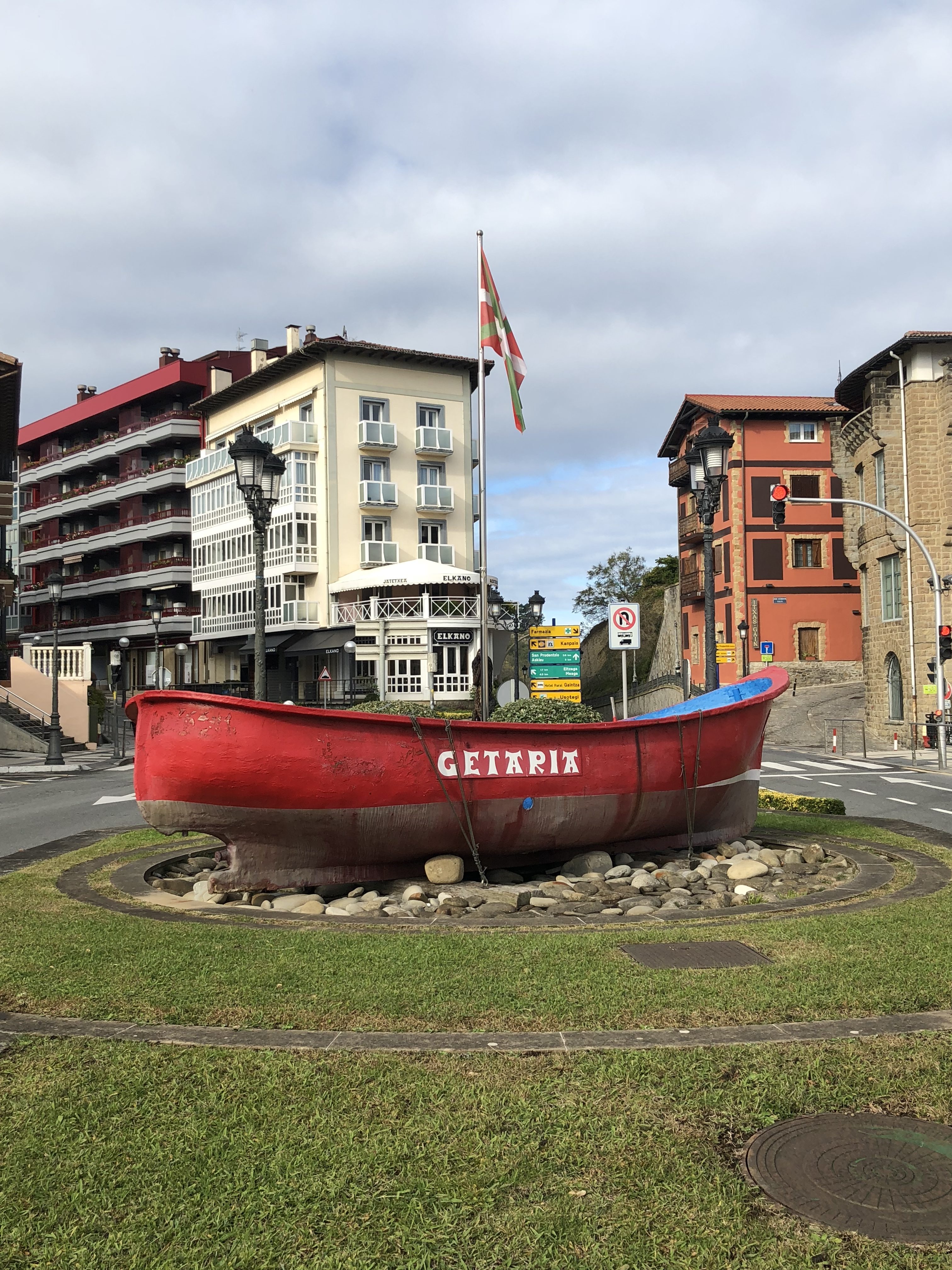
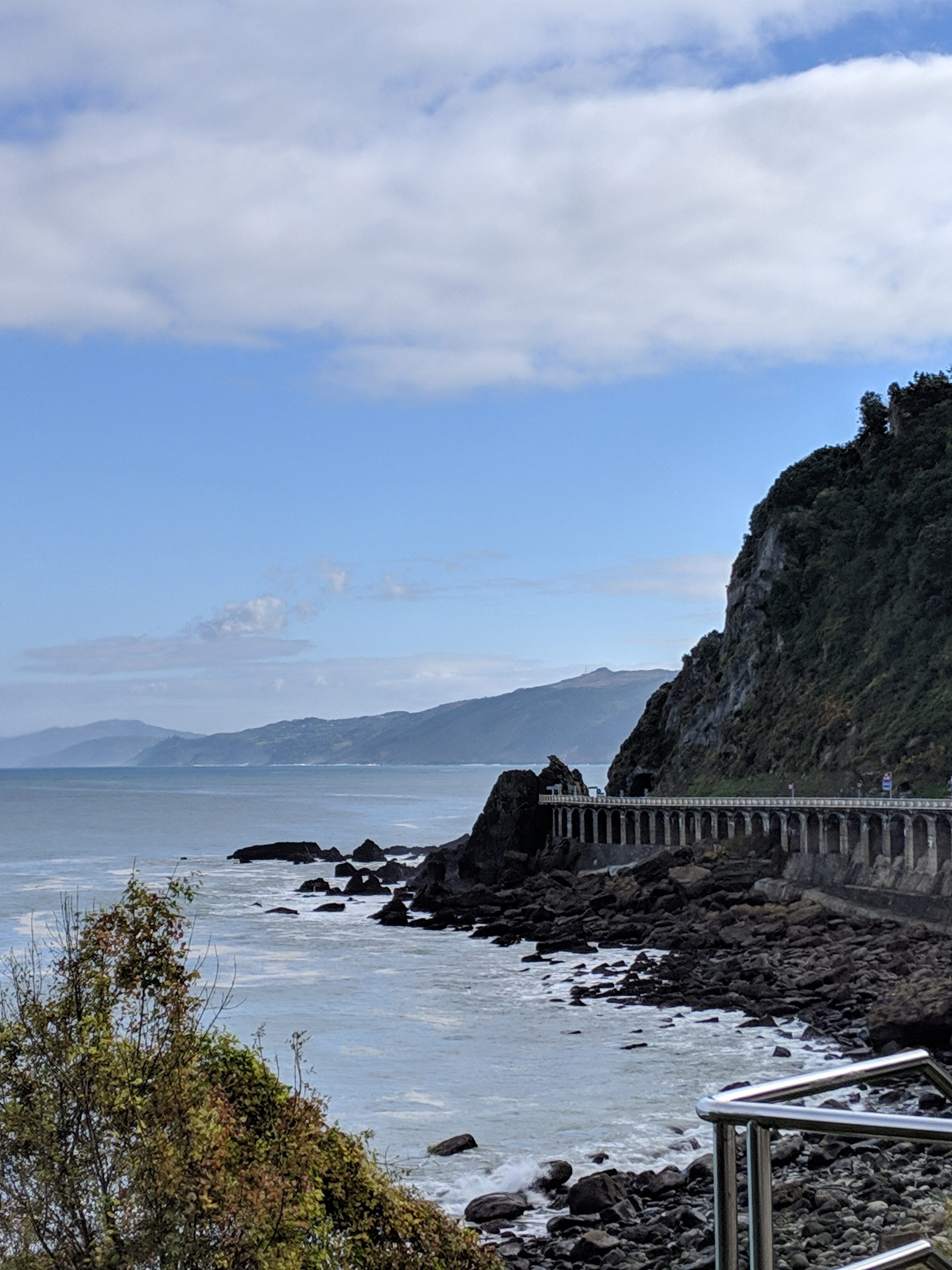
Views from the walk from Getaria to Zarautz
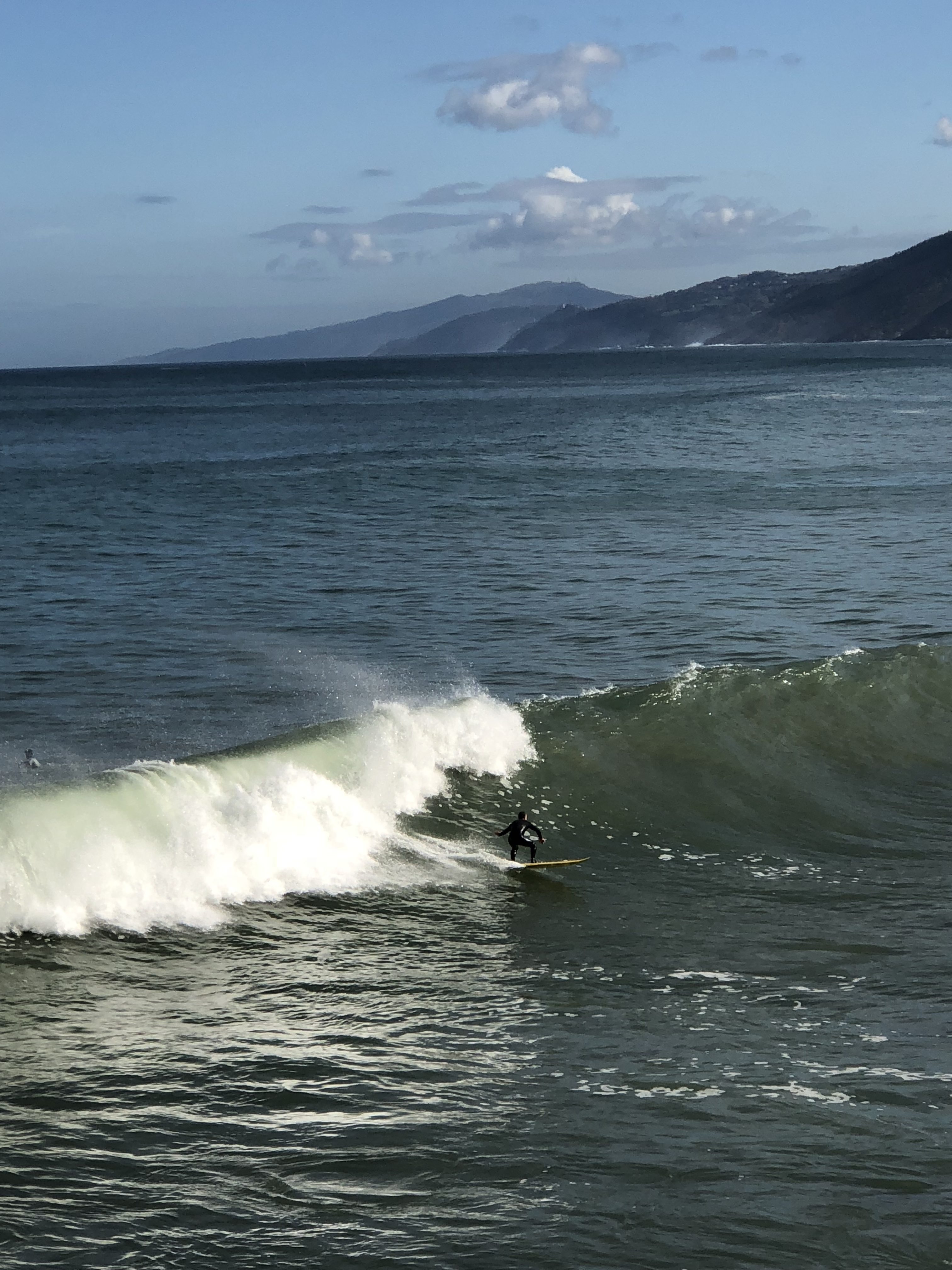

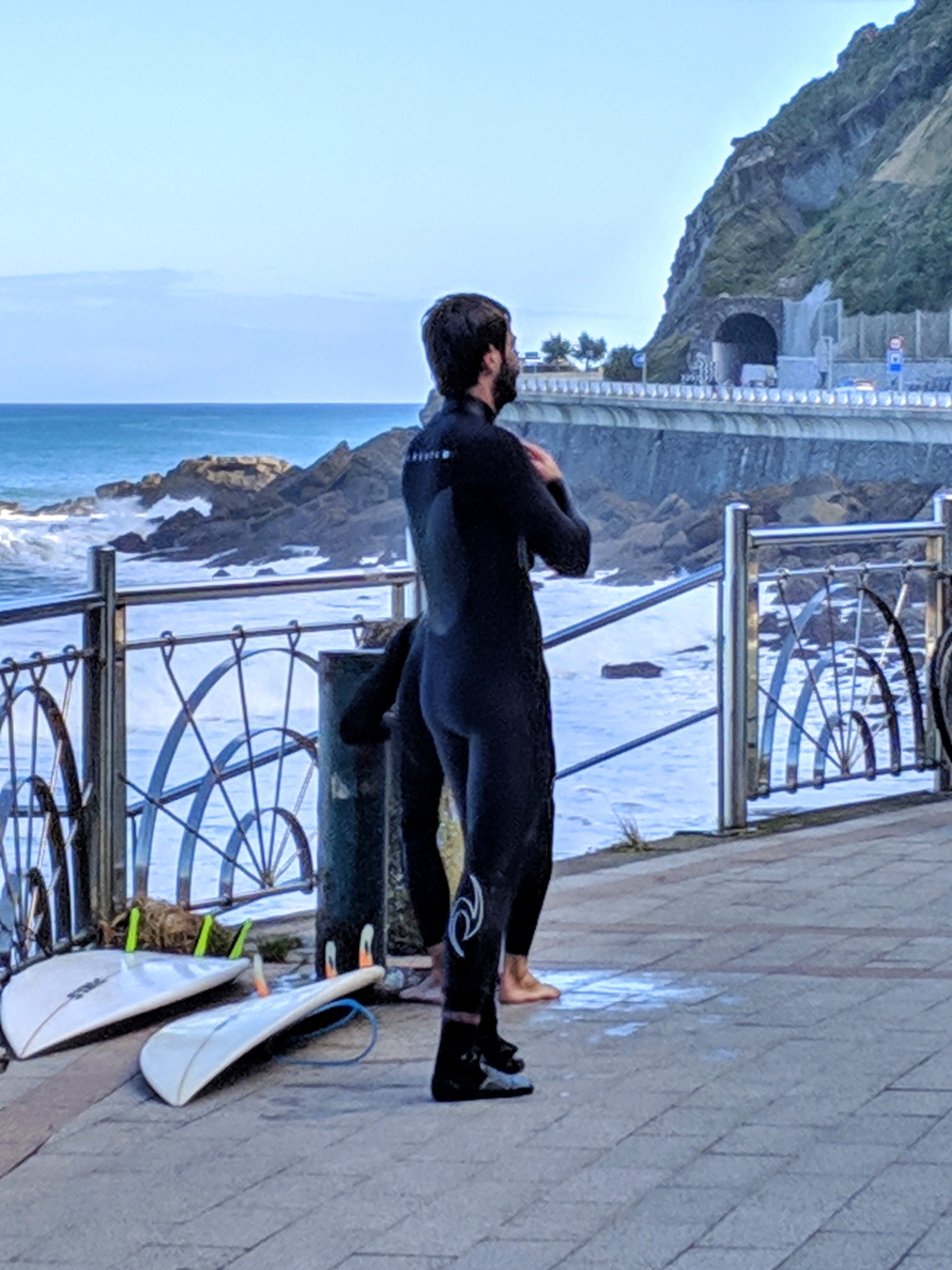
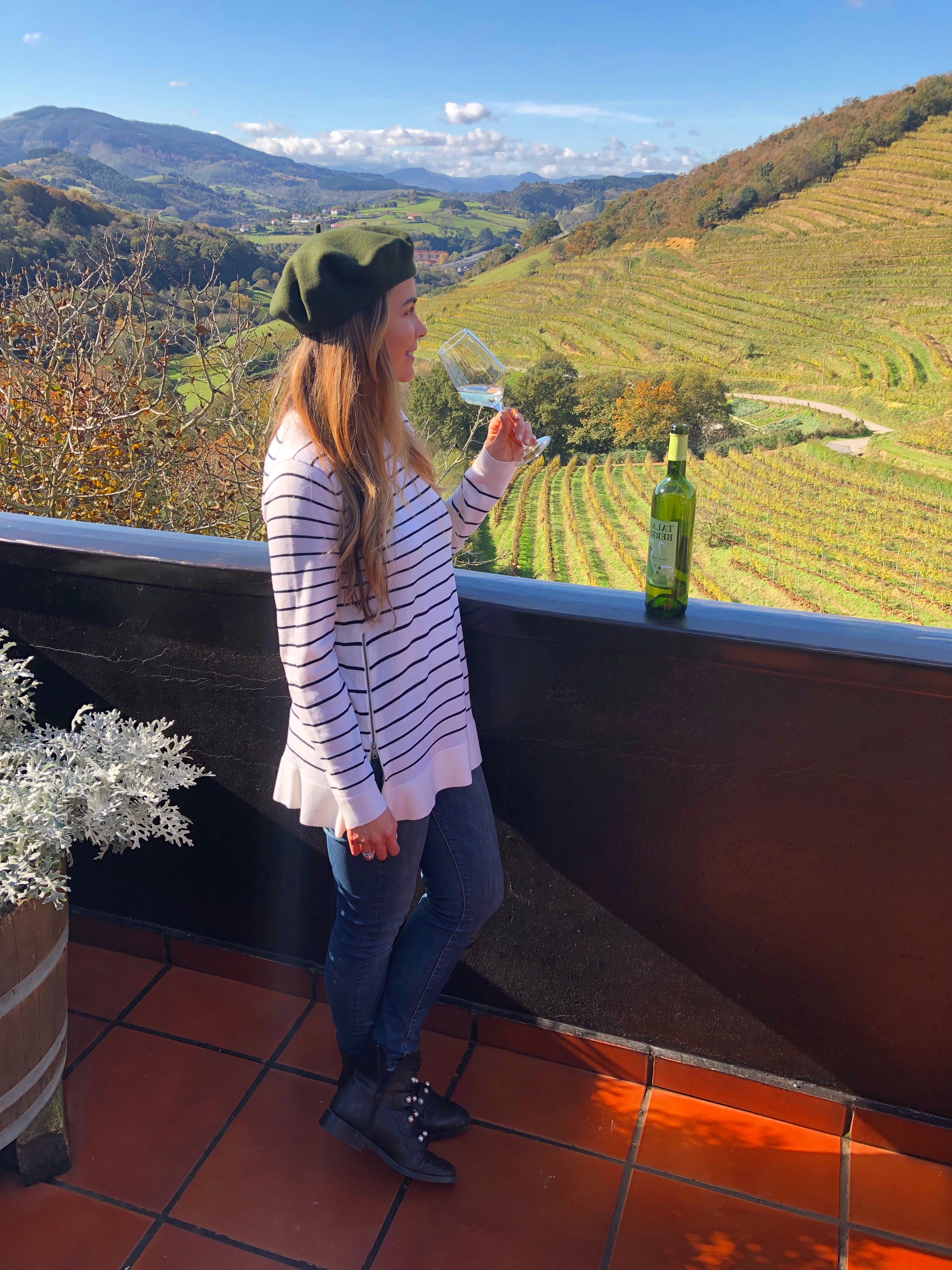
Txakoli tasting
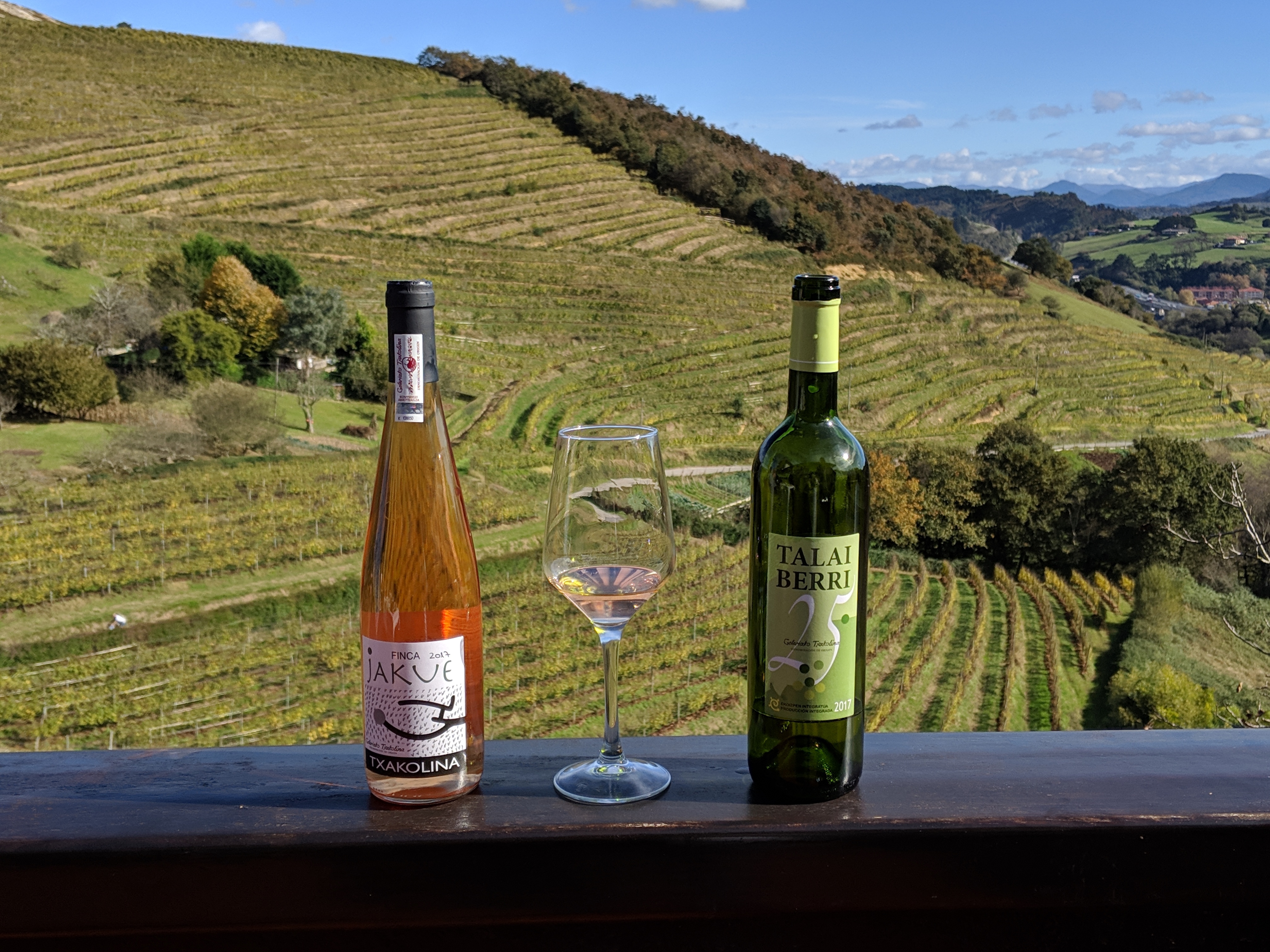
Rioja Wine Region
The Rioja wine region is well worth exploring, and they have a variety of small, boutique vineyards and wineries along with more large-scale producers. You are surrounded by stunning mountain scenery, and the small town of Laguardia is the central point of the La Rioja Alavesa wine region. During your visit to this wine country, I can help set up tastings at some of the best vineyards, wine pairing lunches, and a visit to one of the older cellars (from 1858) Marques de Riscal. This winery has also been made even more popular with the stunning hotel designed by Frank Gehry, and is not to be missed!


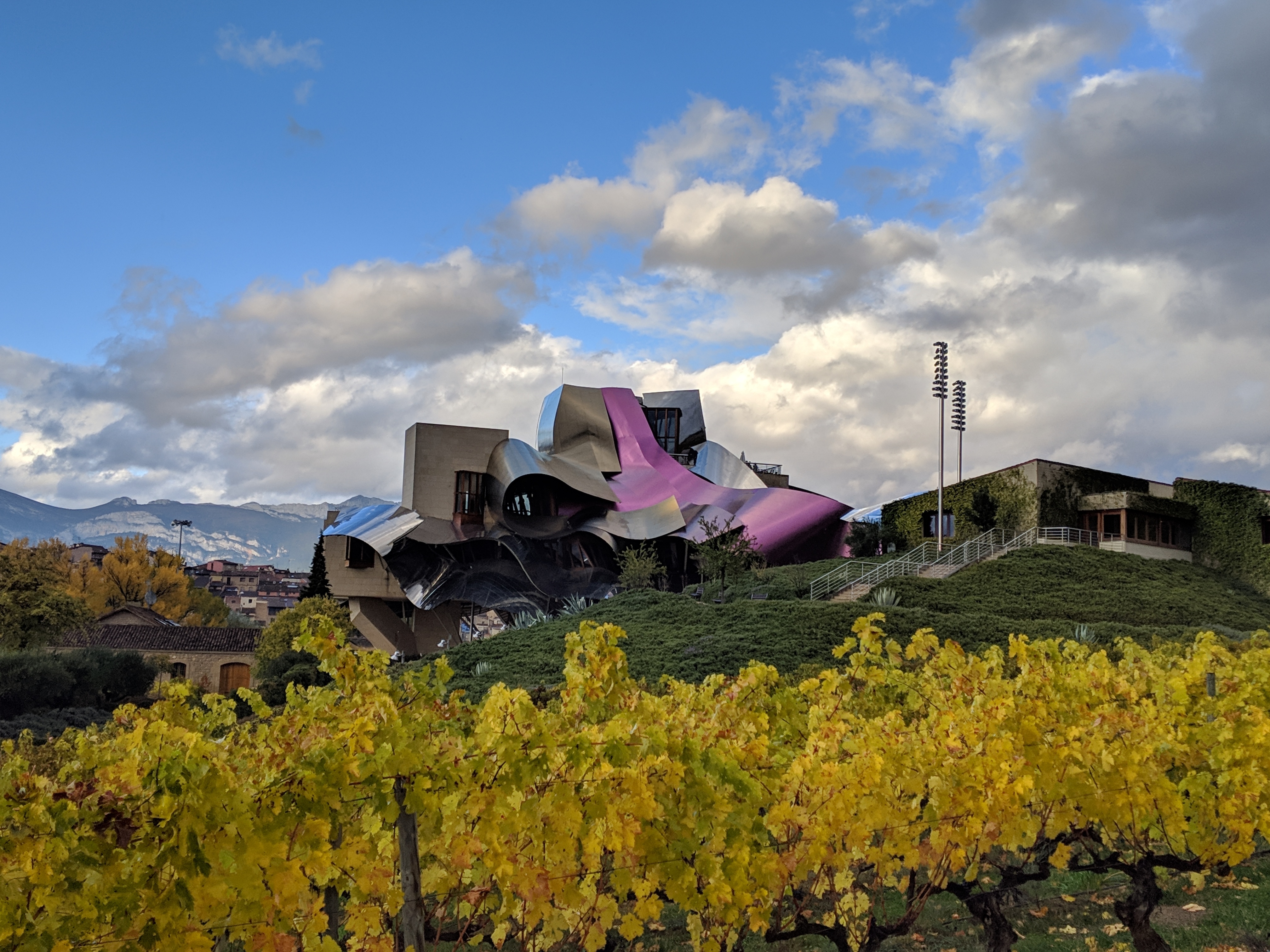
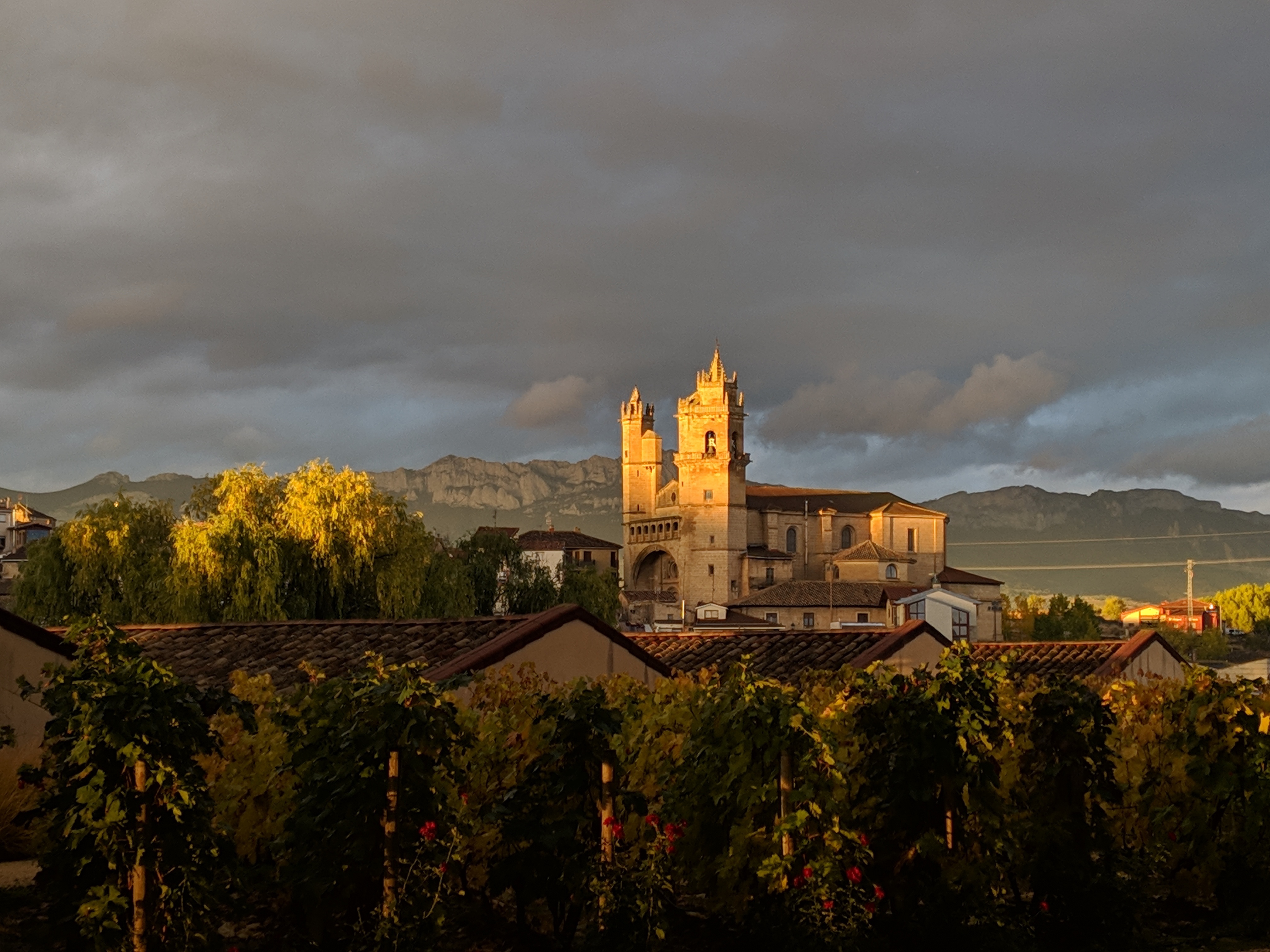
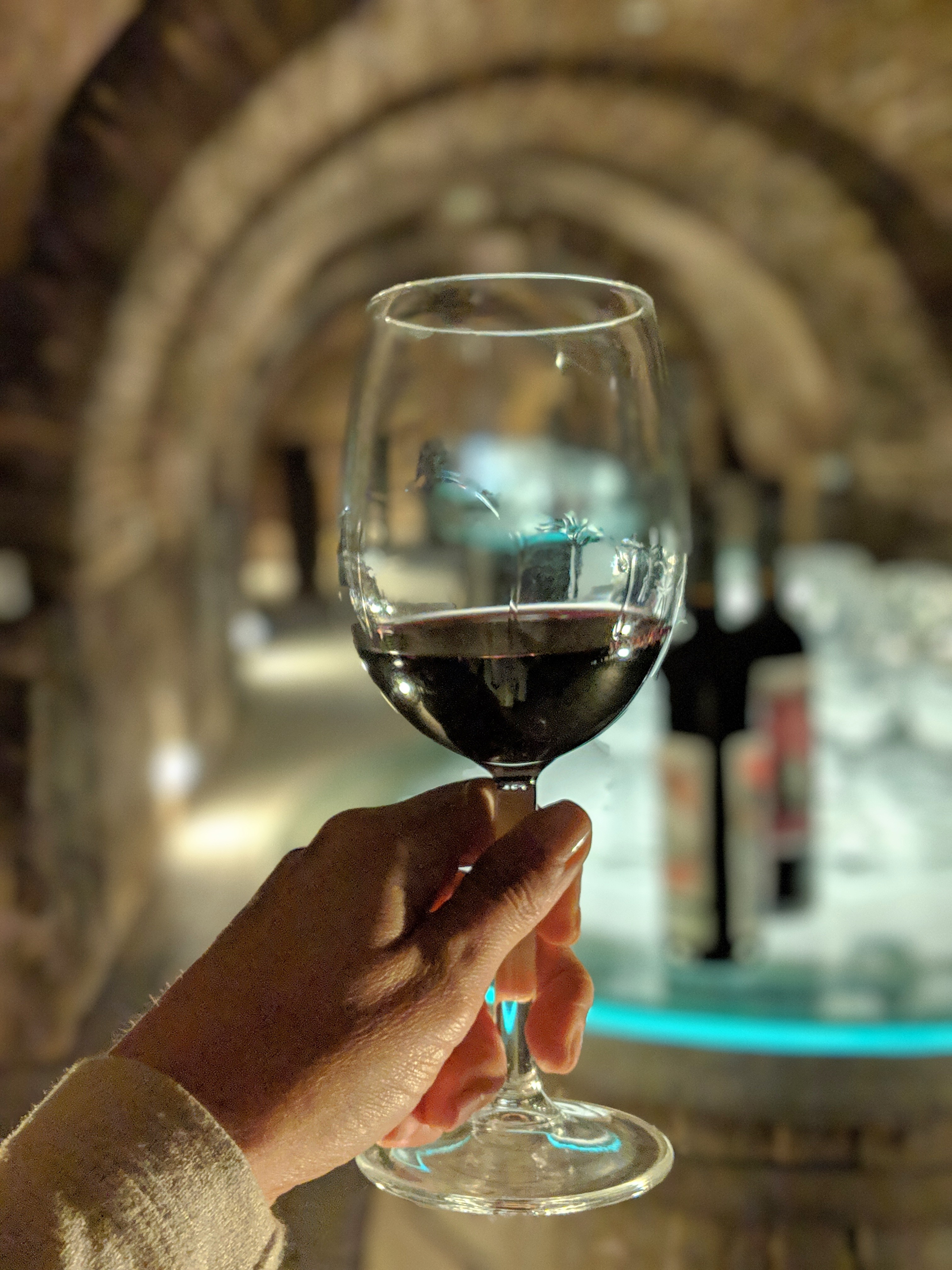
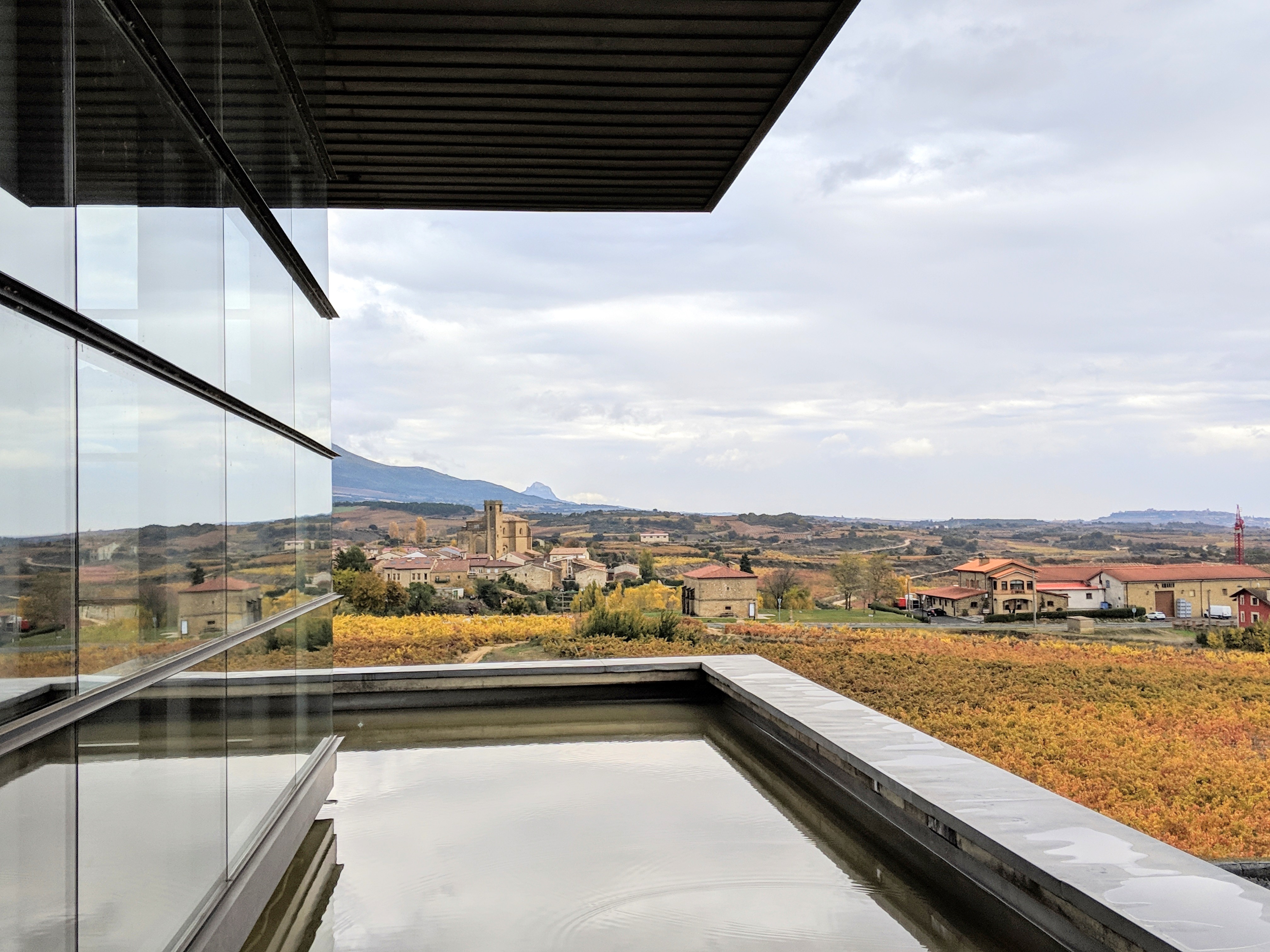
Bilbao
Ah, Bilbao. This city holds a very special place in my heart, because it’s where my paternal grandmother was born and where she lived until her family fled in the late 1930’s. Back in the day it was an industrial city known for ship building and steel production. The city underwent a tremendous restoration project in the 90’s to reveal a modern city that is best symbolized by the now world famous Guggenheim Museum by Frank Gehry. Other important architectural works of art include the Zubizuri Bridge by Santiago Calatrava, new entrances to the metro by Norman Foster, the Isosaki towers, and the Paseo de la Memoria. A visit to the Guggenheim is a must, as well as a walk around the museum itself as it’s an architectural jewel. Another thing worth checking out just outside Bilbao is the Bizkaia bridge (a transporter bridge from 1893), along with a visit to Getxo (Bilbao’s closest beach) and its beautiful old mansions of Atxekolandeta. No visit to Bilbao is complete without visiting the Old Quarter, which is where I happened to pierce my nose during my trip in 2001 ;). There you can pop in and out of pintxo bars, walk around, and soak it all in.
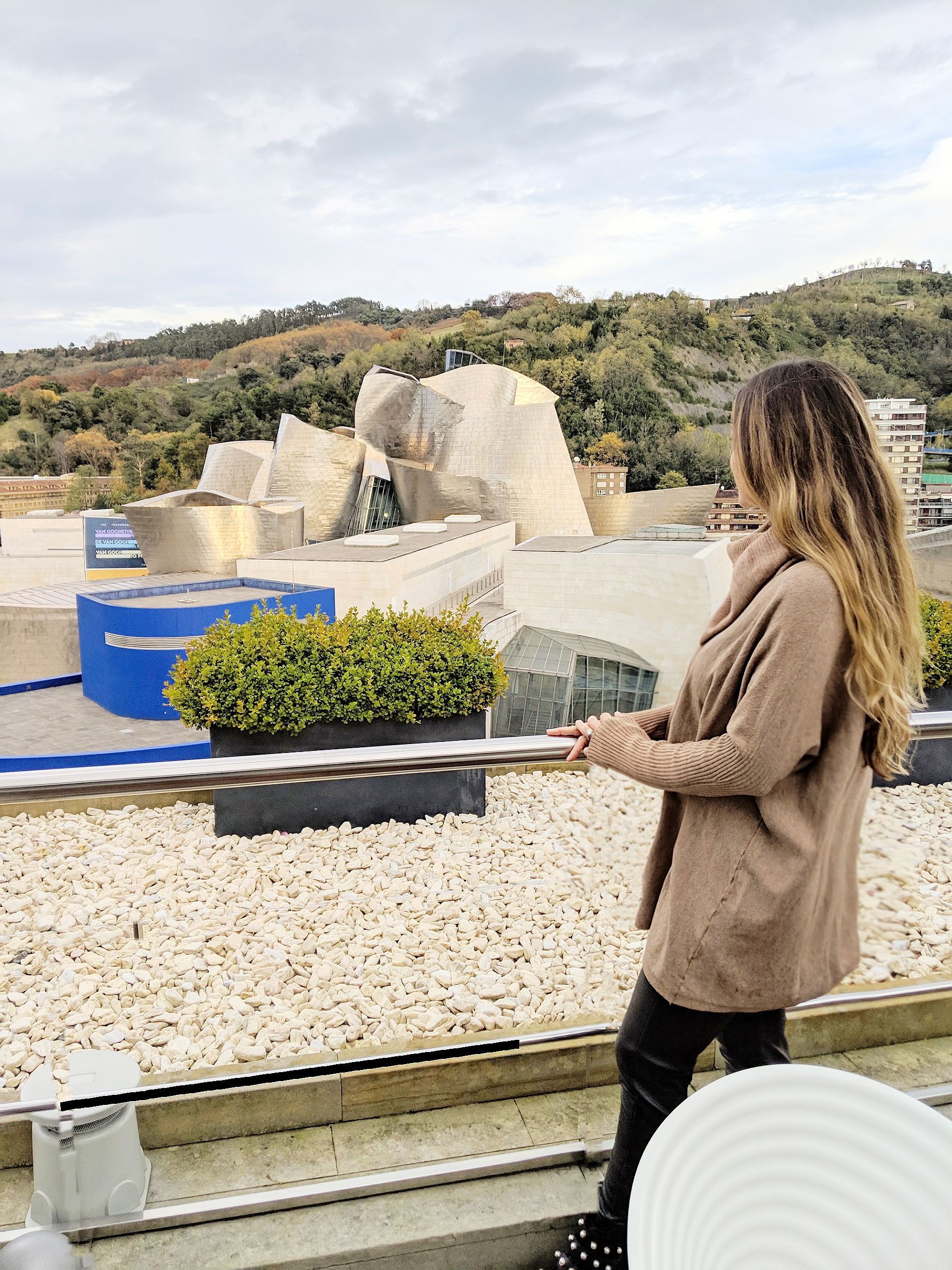
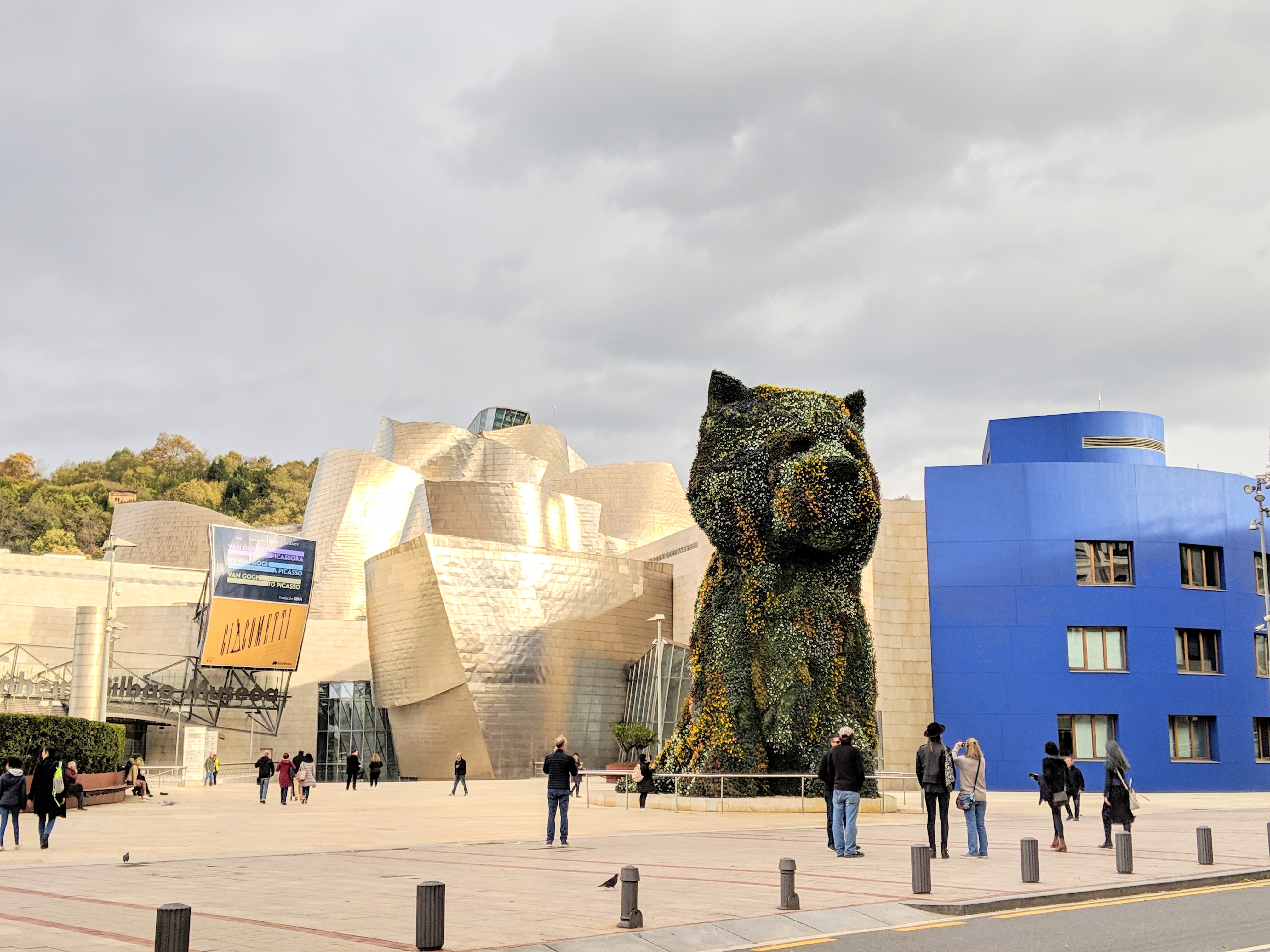
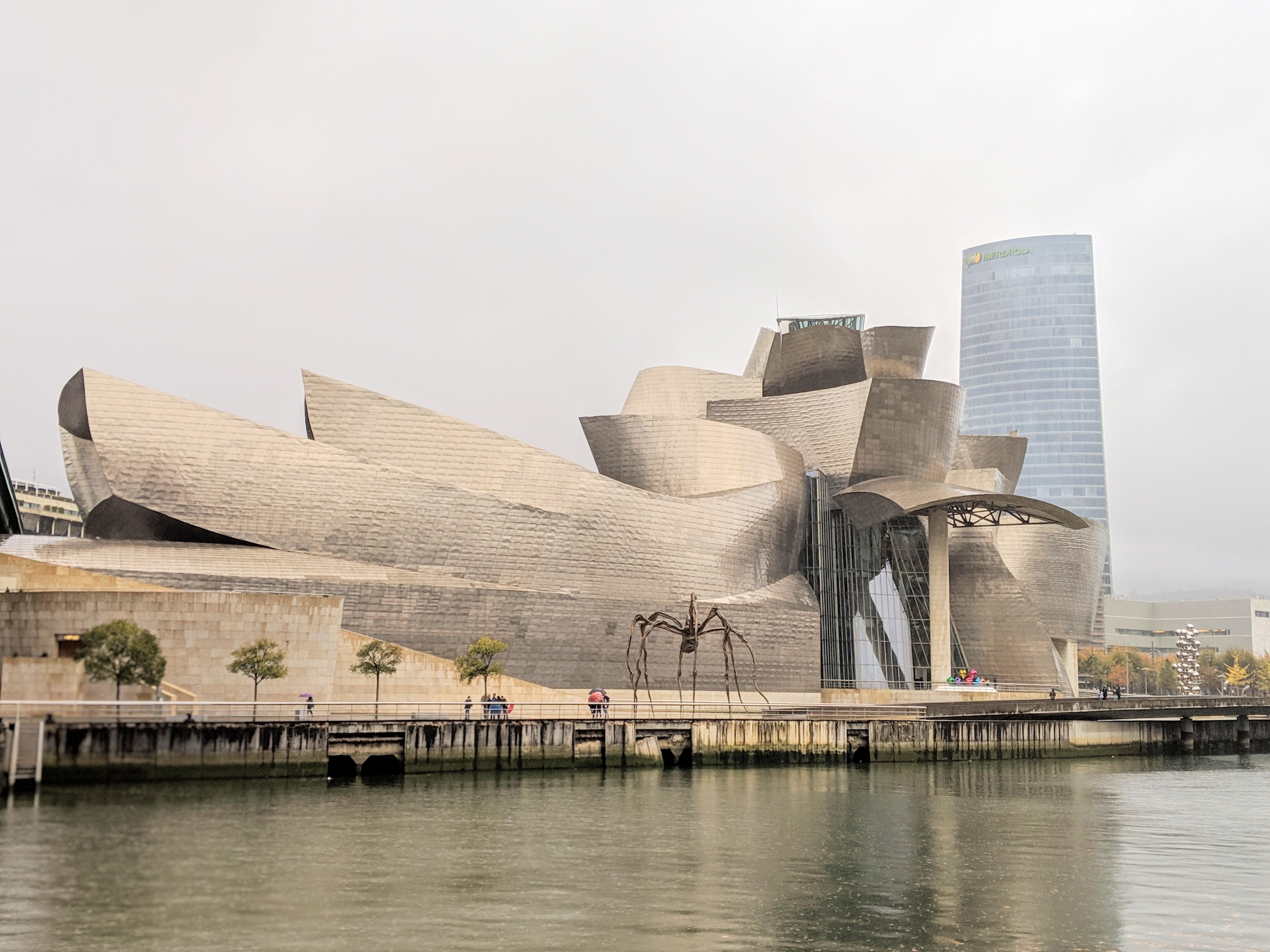
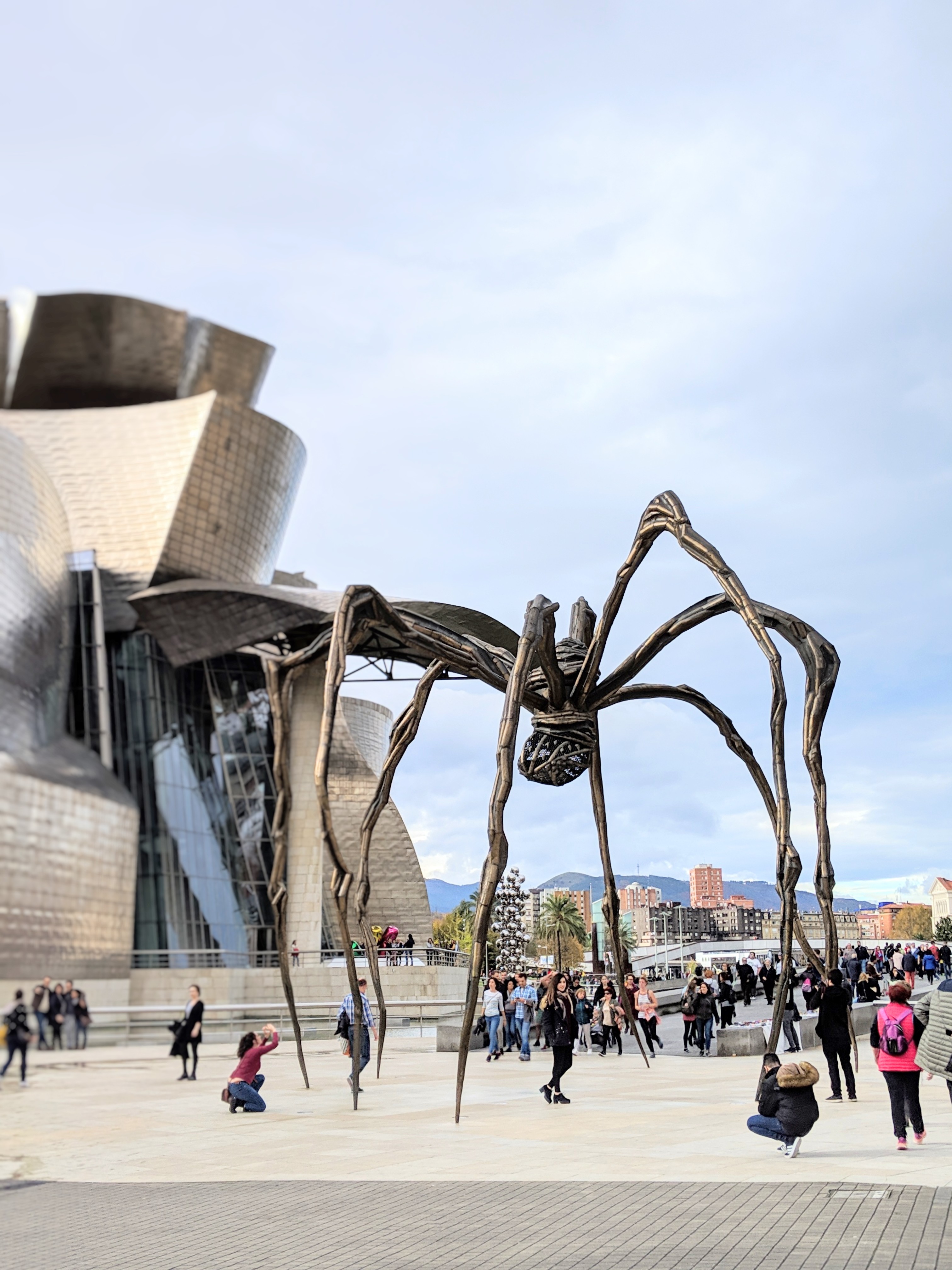
I know I’ve just covered a ton of places to visit in the Basque Country, but the truth is there is so much more to see and do. The best part about working with me and planning your next trip to the Basque Country is that we can base it on all of your personal interests and hobbies, so we make sure your experience is tailored to you. I can help set up a family trip and incorporate sports and outdoor activities, plan a romantic getaway for you to see all the beautiful towns, set you up on a culinary journey, plan out a religious pilgrimage, or more—there is something that can be planned specifically for you.
To start planning your next trip, feel free to reach out to me at ane@strongtravel.com.
[/et_pb_text][/et_pb_column][/et_pb_row][/et_pb_section]
